A Saga of Sinking Ships
Terry Welbourn, former bass player and singer with Lincoln, post-punk band Sinking Ships (1979-1981), tells the tale of the band’s erroneous association with ‘the most mysterious song on the Internet’ and the belated celebration of their 40-year-old single.
Back in the summer of 2019, I became inundated with messages from complete strangers relating to my old post-punk band Sinking Ships. A few people found my contact details through Discogs and some discovered my email address at the foot of an article I had written a few years back for a local newspaper. It appeared that the electronic music duo, The Boards of Canada, had included our single, ‘Strangers‘ – released in 1980 – in a “mixtape” they had posted on their YouTube channel. It was left to their fans and followers to try and name the songs on their playlist. ‘Strangers‘ was one of the last tracks to be identified. Once we had been acknowledged, I posted additional information relating to our single– information which has since been widely circulated on the Internet. Since then, numerous YouTube postings of our songs have sprung up, a heavy metal cover-version of Strangers has also appeared, along with a number of videos discussing the chord sequence of the track. Apparently, some people think our 40-year-old song is rather good!
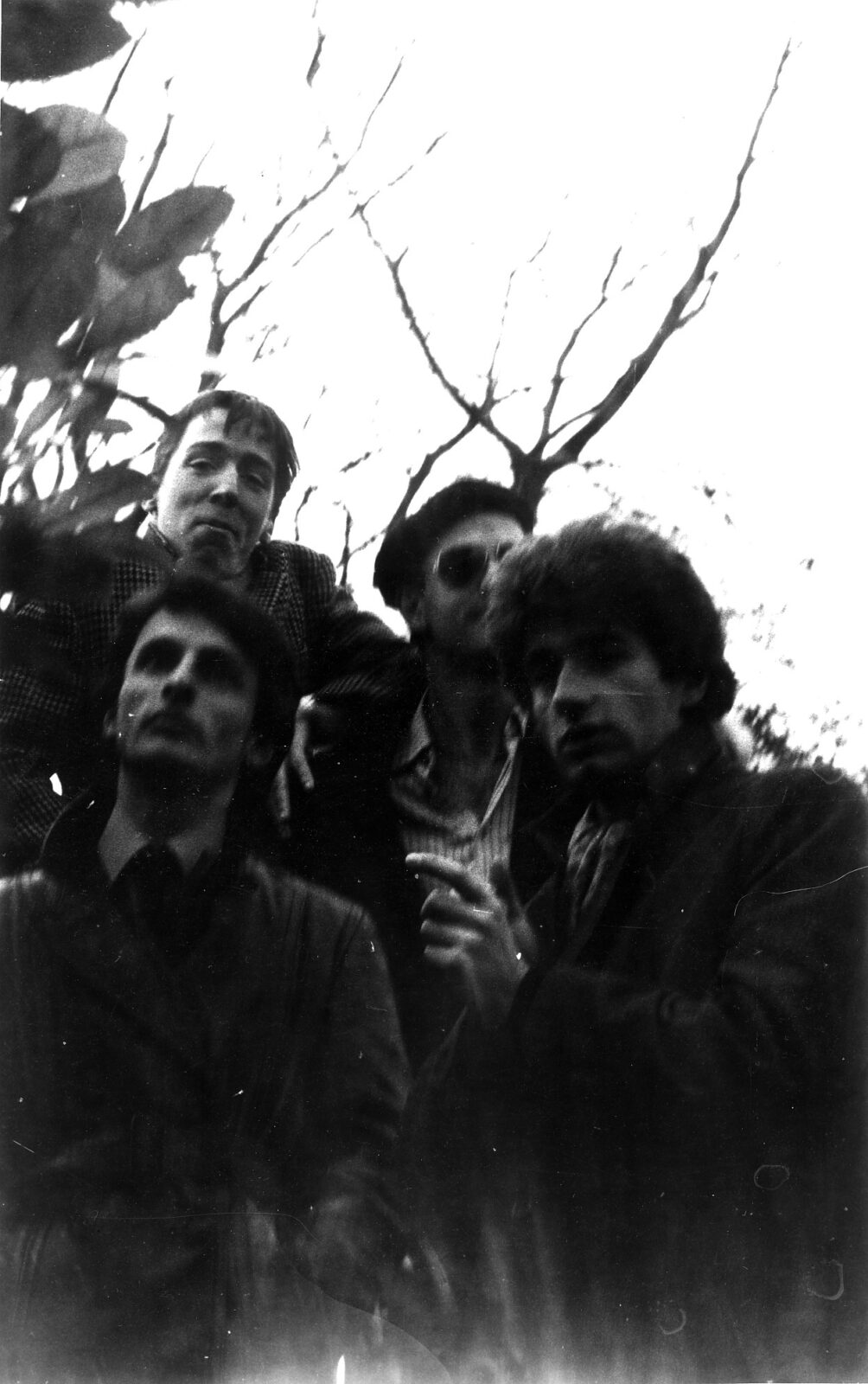
However, there is a twist in the tale. There is a track, known as, “the most mysterious song on the Internet”, that has bamboozled music-heads for over a decade. What was the name of the song and who were the band behind it? After the identification of, ‘Strangers’, lots of people started to believe that the “mysterious song” – known now as, ‘Like the Wind’ was by Sinking Ships, or, at least me singing. Admittedly, the song did sound a bit like ‘Strangers‘ and the singer had the same deep voice as me, but it was clearly a track that had benefited from professional production, sounded a bit European and was probably dated to the mid-to-late 1980s as opposed to our self-produced track from the beginning of the decade. I replied to a few of the enquiries, stating that it was definitely not Sinking Ships, or me singing, but still the rumours continued to persist! “Were Sinking Ships involved in some sort of Internet hoax?” There are still forums discussing “the most mysterious song” and I still, to this day, I receive queries asking if the track has anything to do with me!
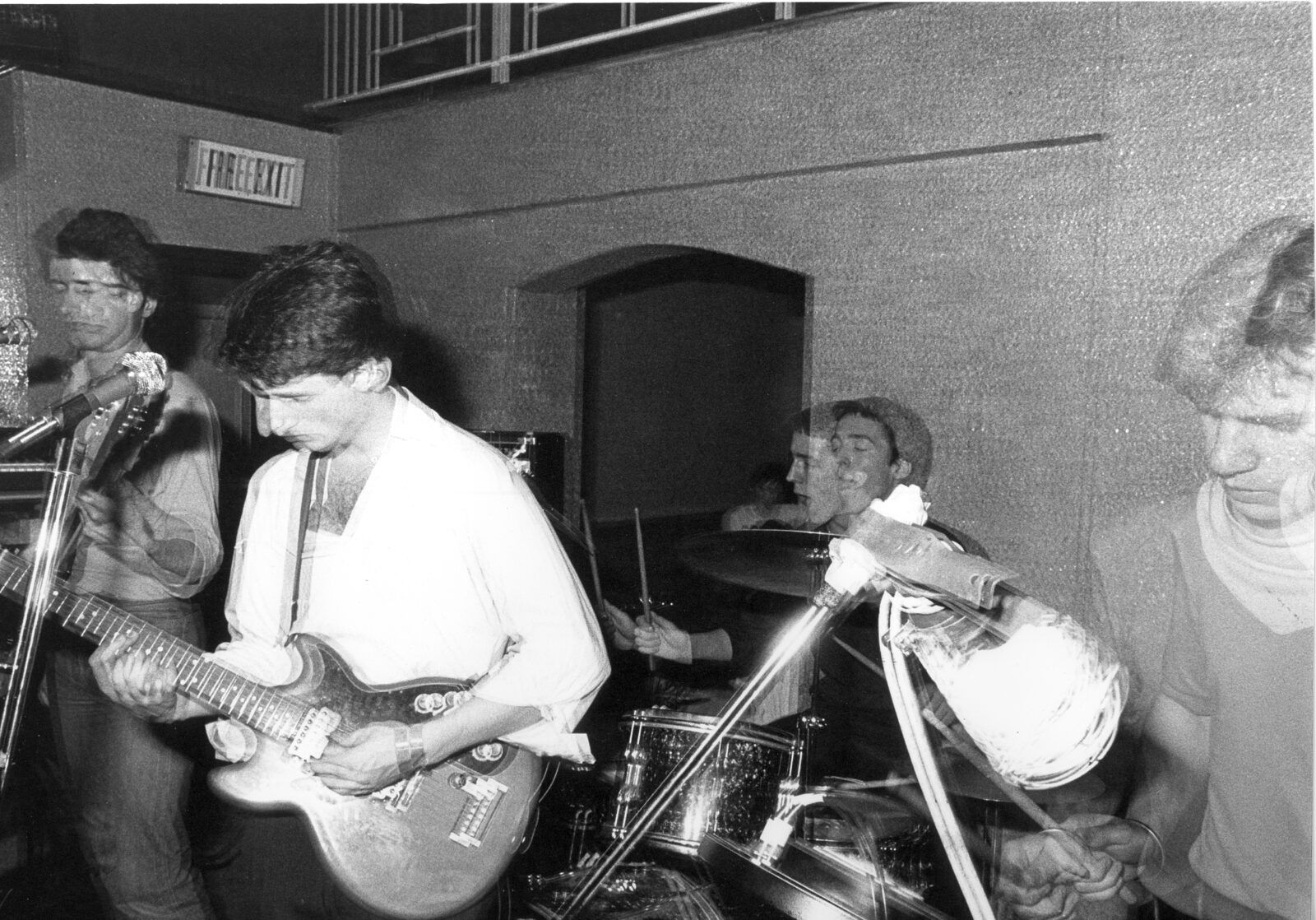
Sinking Ships never recorded an album, but we did record a number of our tracks at a local studio and during our rehearsals. Because of this recent interest in our band we have released an anthology of our recordings on Bandcamp.
What follows is a short recollection of our time together which hopefully, also captures the post-punk scene in England during the late 1970s and early 1980s.
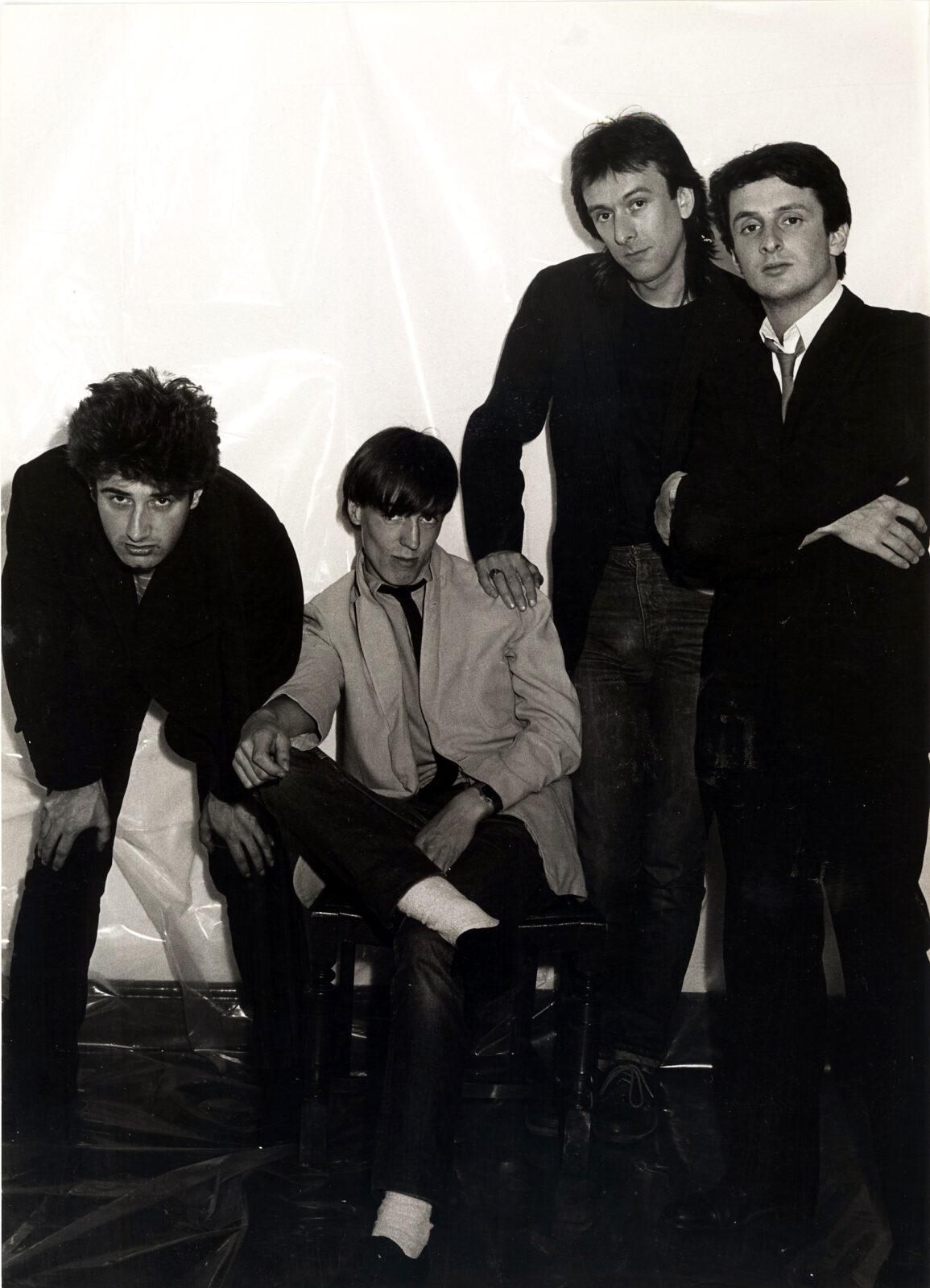
I first met our guitarist Simon Brighton at a fancy-dress party whilst we were both attending Lincoln College of Art in the autumn of 1976. He was dressed as Alice Cooper. I was D.P. Gumby. We were both 16 and both claimed to be drummers, so it seemed unlikely that we would ever form a band together. By the time Sinking Ships were formed in 1979, Simon was playing guitar and I was playing bass. For a short period during the late 1970s, we put our glam and psychedelic roots behind us and embraced punk. I even got to make bee noises and play drums – rather ham-fistedly – on Wavis O’Shave’s feted, ‘Deñis smokes täbs (John is a figroll).’ EP (Company Records CR003, 1979).
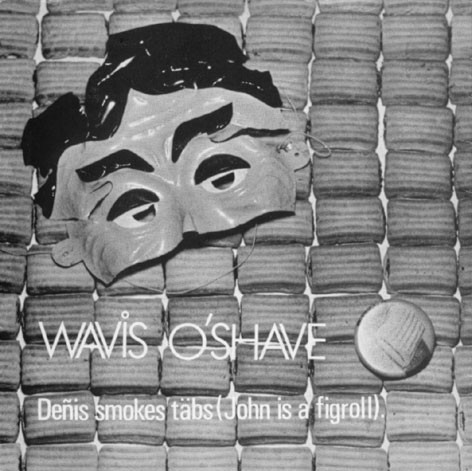
From the remnants of our inaugural attempts at forming bands, Simon and I fronted the short-lived Lincoln, punk band, Berlin. We played a handful of gigs in Lincoln and supported our friends, The Next Band, at Grantham Guildhall. The group however, was short-lived and in the true spirit of punk, split in the summer of 1978, failing to record any material during our short tenure. We then formed Sinking Ships in the autumn of the following year with Colin Hopkirk and Nick Green – local musicians from local band, Stress. We took our name from an Ultravox! lyric, “Invitations on Sinking Ships”, from their 1977 single, ‘Rockrock’.
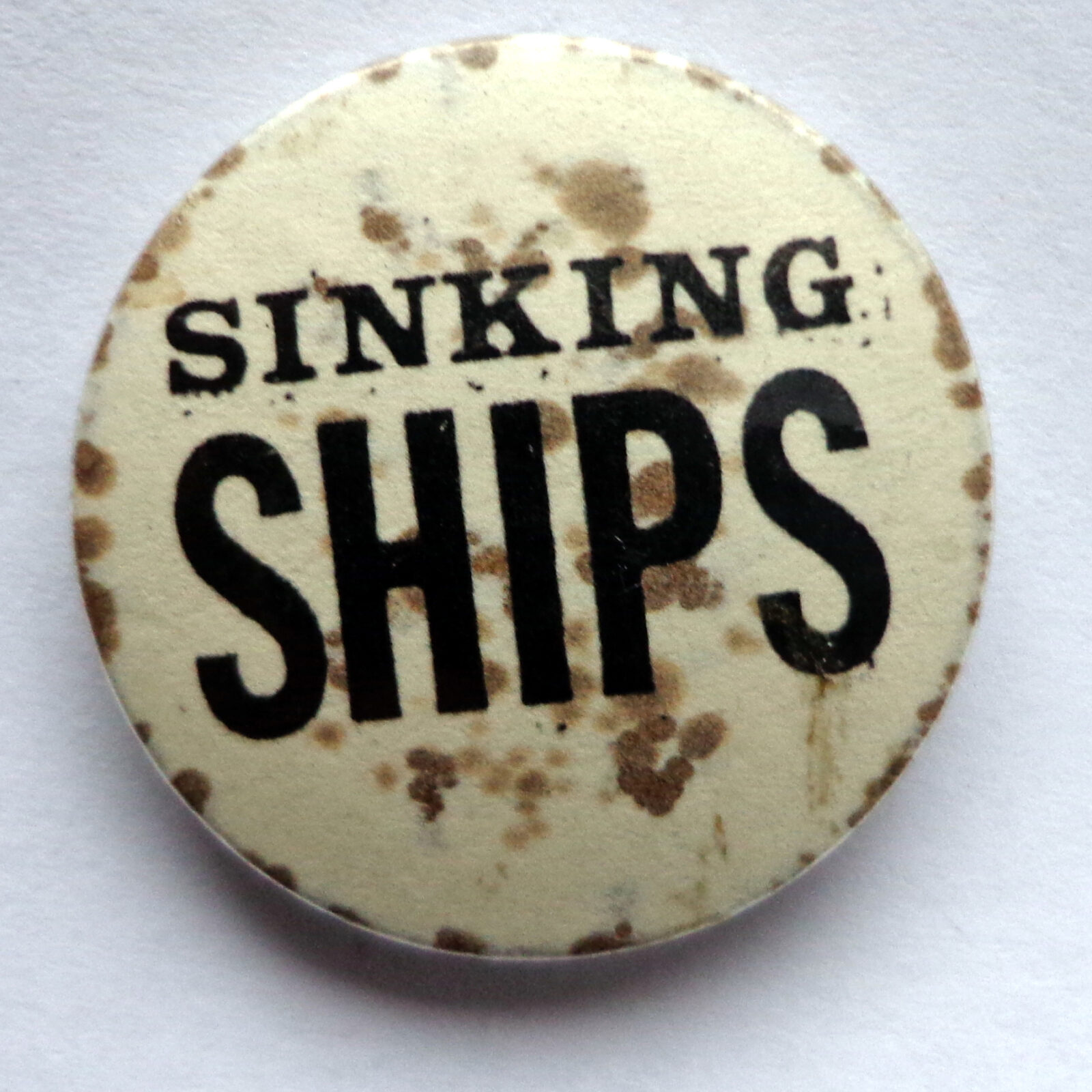
By then, we had begun to write new material that retained punk attitude, but embraced our progressive roots. It was later to be labelled, post-punk. By 1980, the excitement and vibrancy of the punk and new-wave scene had waned and England was a place of recession and mass unemployment. In between writing songs, we wandered the streets of Lincoln in our long overcoats, like actors searching for our part in a post-punk world.
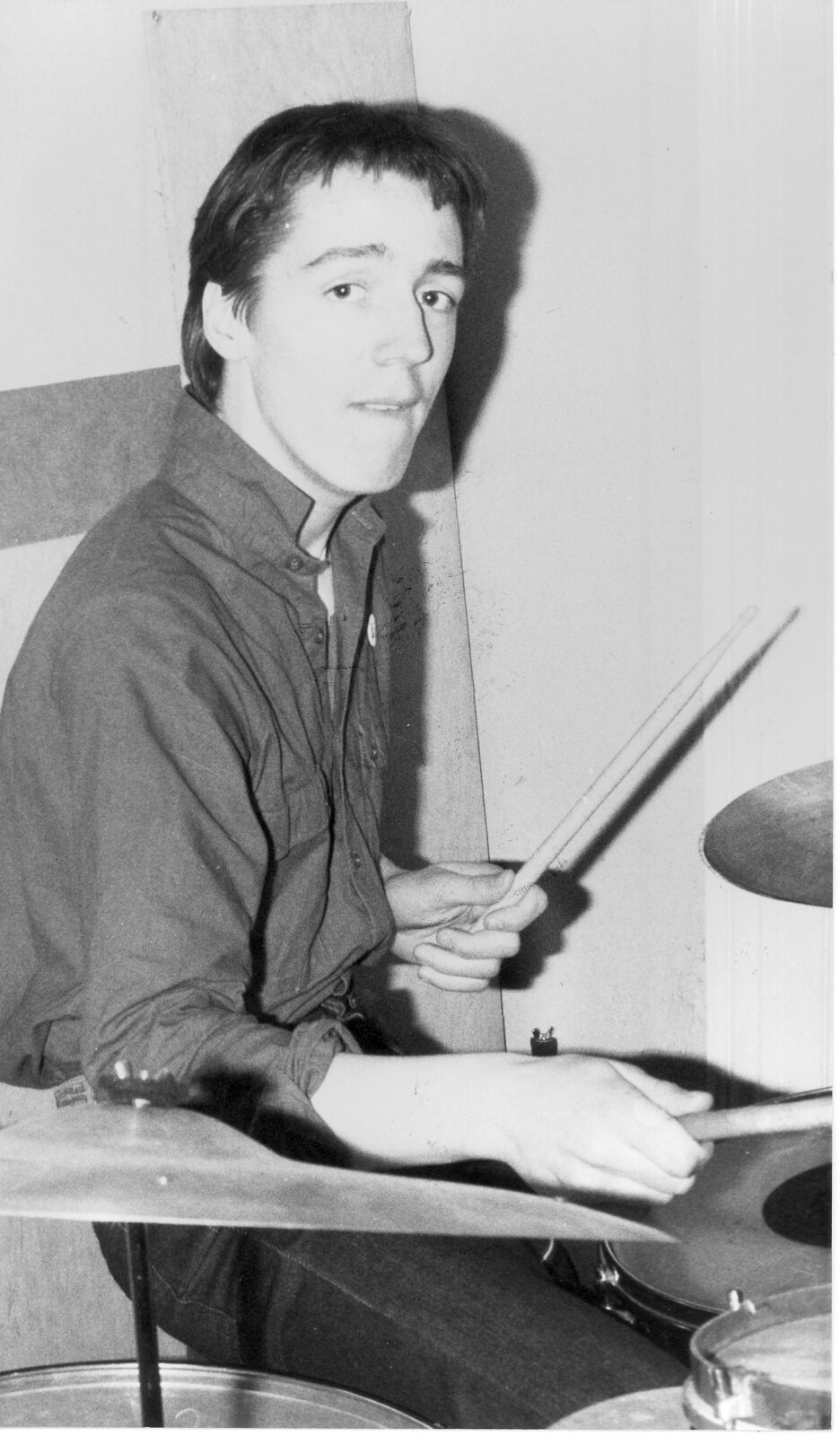
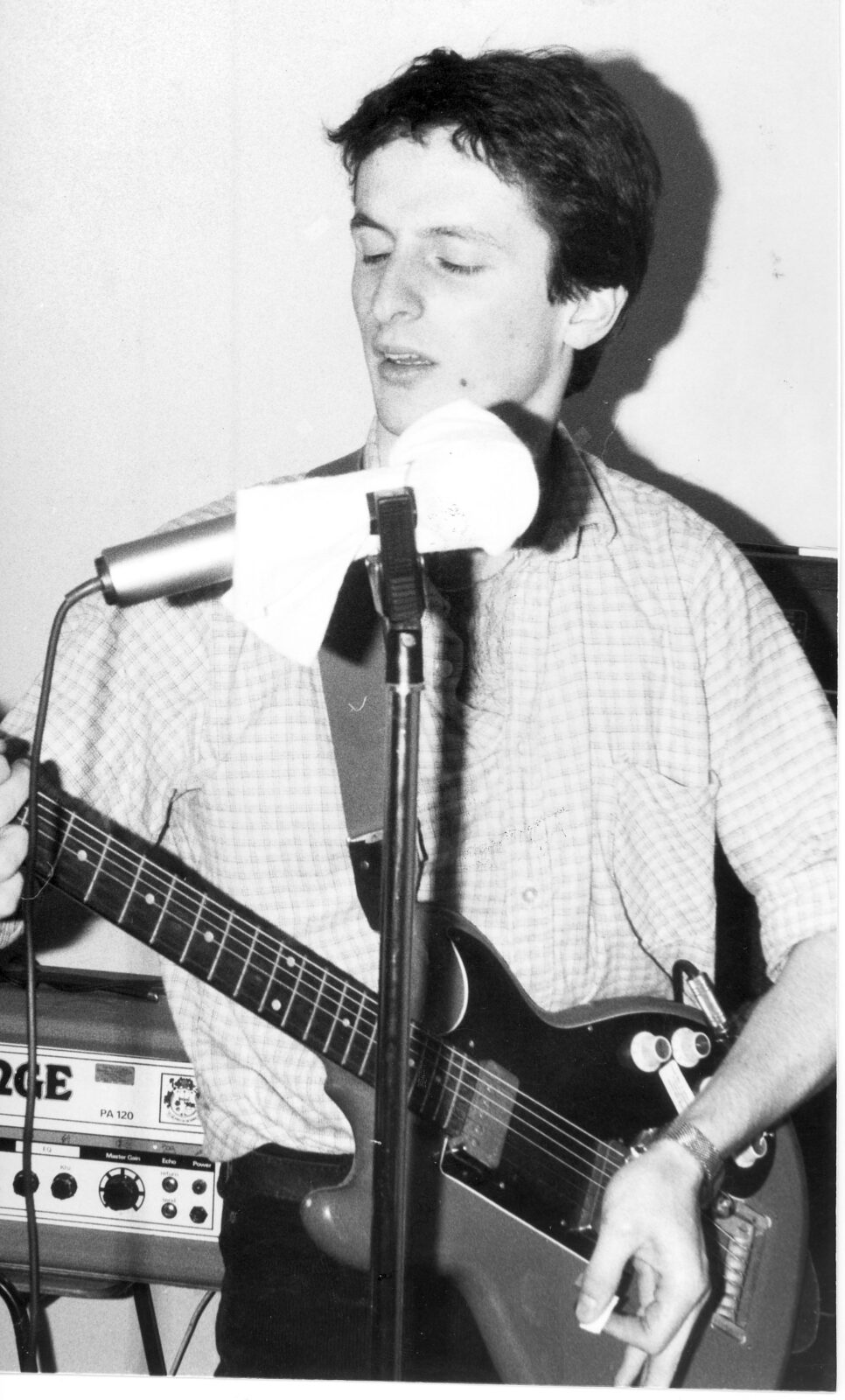
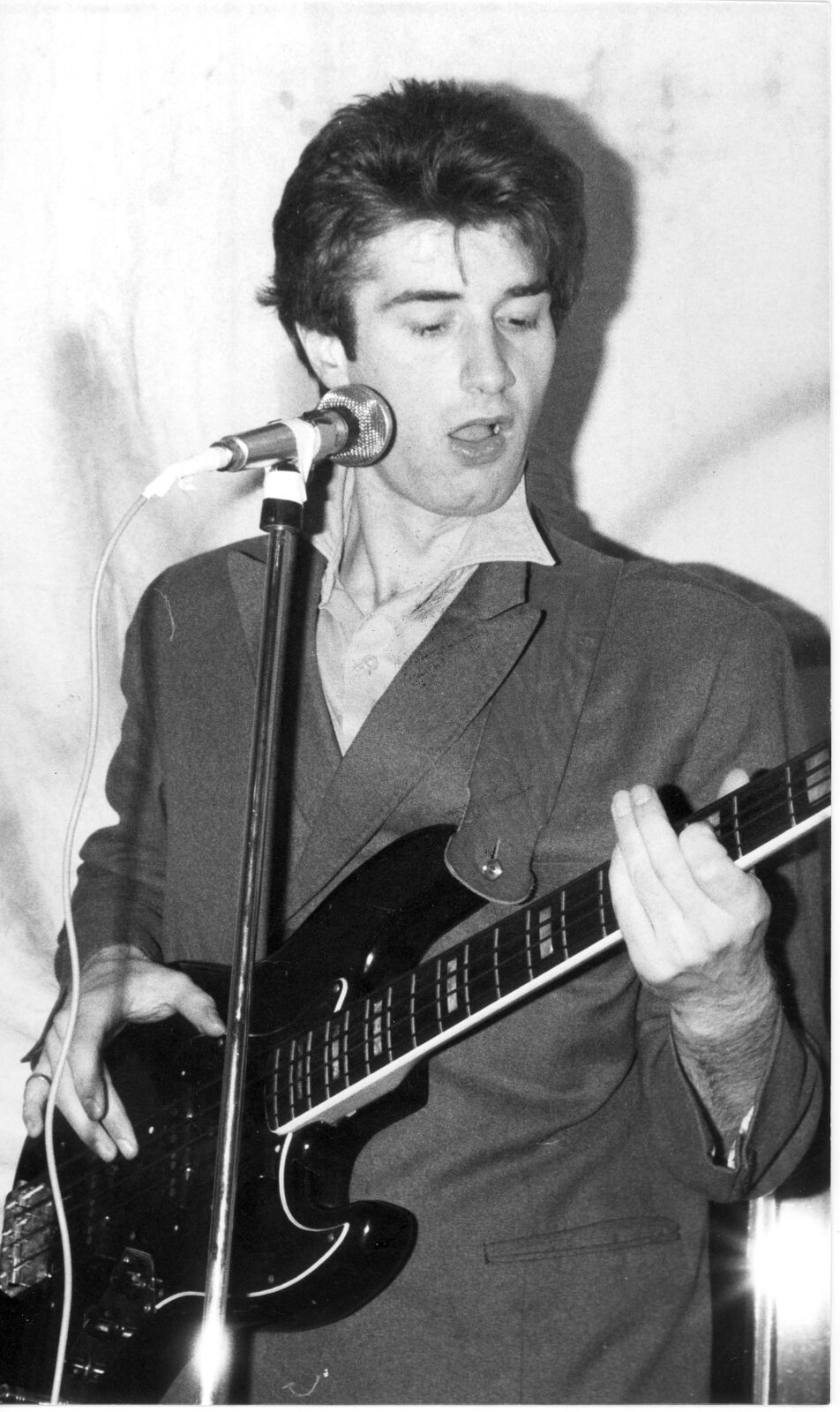
In the spring of 1980, we booked a session at Studio playground, Wragby, Lincolnshire. Engineers Rick Woolgar and Andy Dransfield had recently installed new 8-track recording facilities and Sinking Ships were the first band to benefit from their new set-up. Five, self-penned tracks were recorded; ‘I Start’, ‘Smiles and Guns’, ‘A Sinking Ship’, ‘Third World’ and ‘Weight Loss’. The latter two would eventually surface on the Humberside compilation, ‘Household Shocks’ that was released on the, Stark Products record label (STARK LPC01).
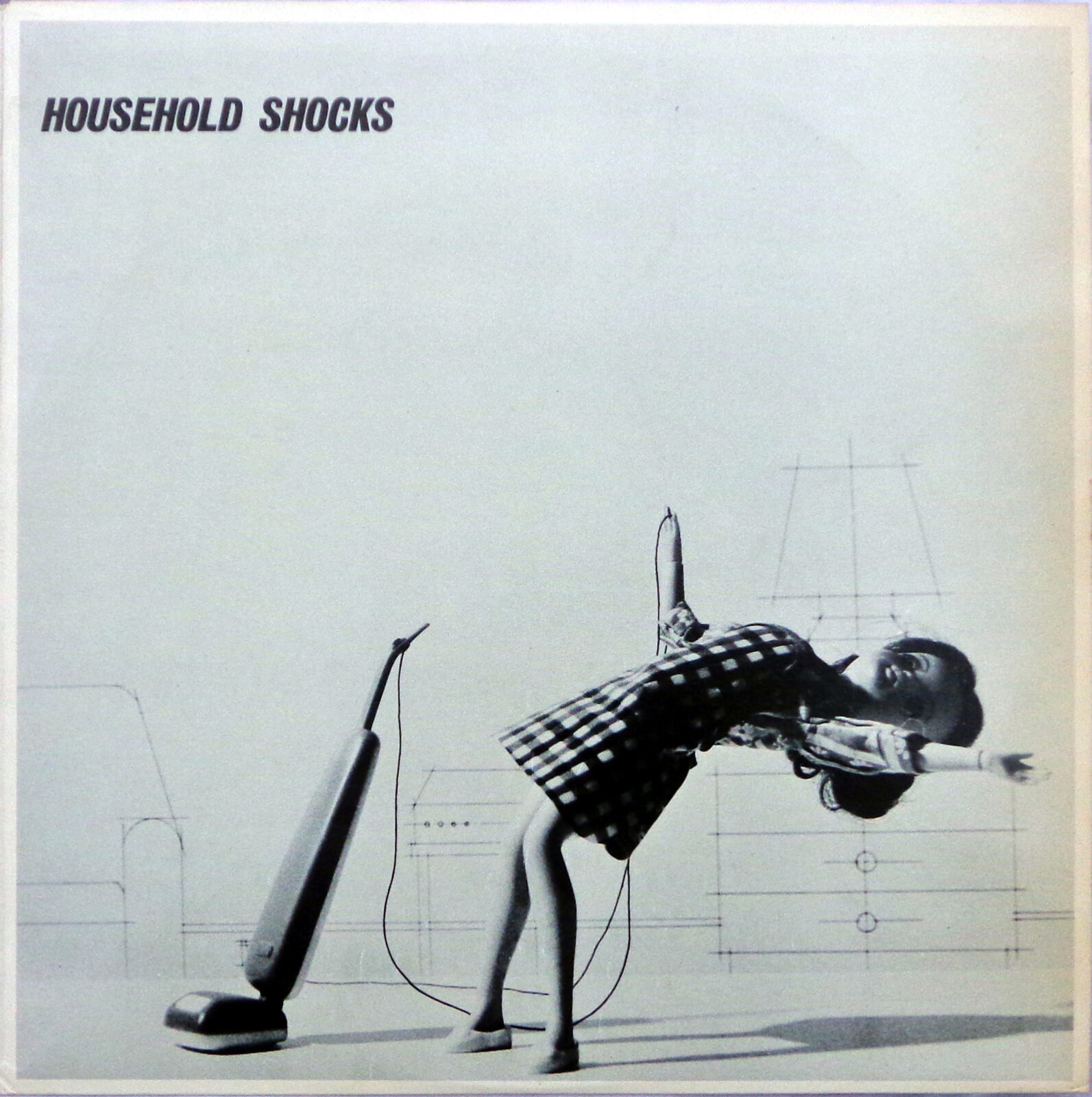
Stark Products was based in Scunthorpe and run by Chris Leaning and Paul Singleton who were members of the synth-duo One Gang logic. Their tracks, ‘Playtime’ and ‘The Stand’ also feature on the album.
Shortly after the session was recorded, Colin left the band and Nick, Simon and myself continued as a three-piece. We returned to Studio Playground later that spring to record two new tracks; ‘The Cinema Clock’ and ‘Strangers’. These two songs eventually became a double A-sided single released in the autumn of 1980 by Dead Good Records and Stark Products (Dead 14/Stark 2). At the time, Dead Good Records was being managed by Martin Patton – former drummer of punk band XS-Energy and Steve Taylor – bassist with, The Cigarettes. Our single picked up excellent reviews in the national music press and was featured several times on the BBC’s John Peel Show.
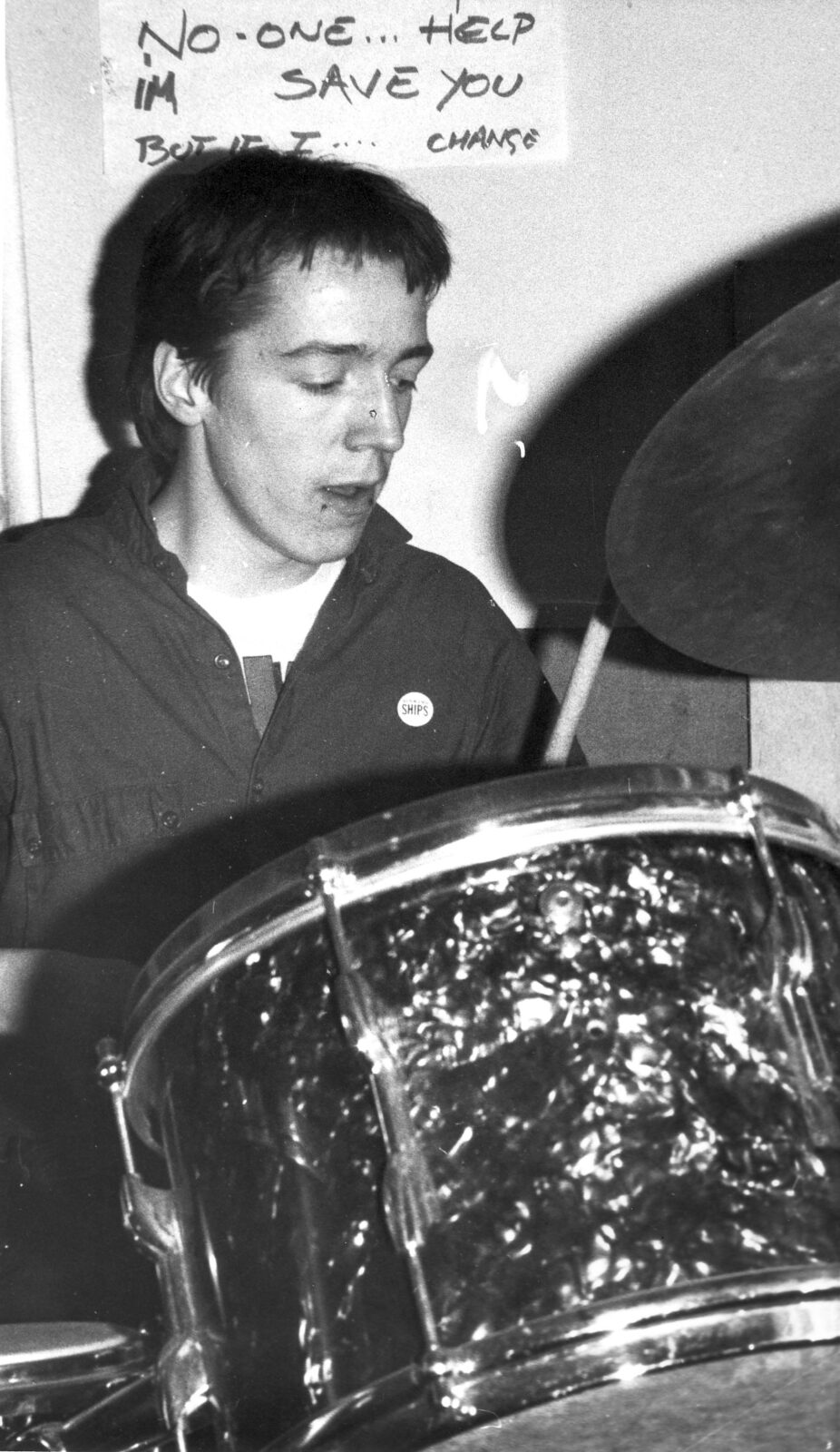
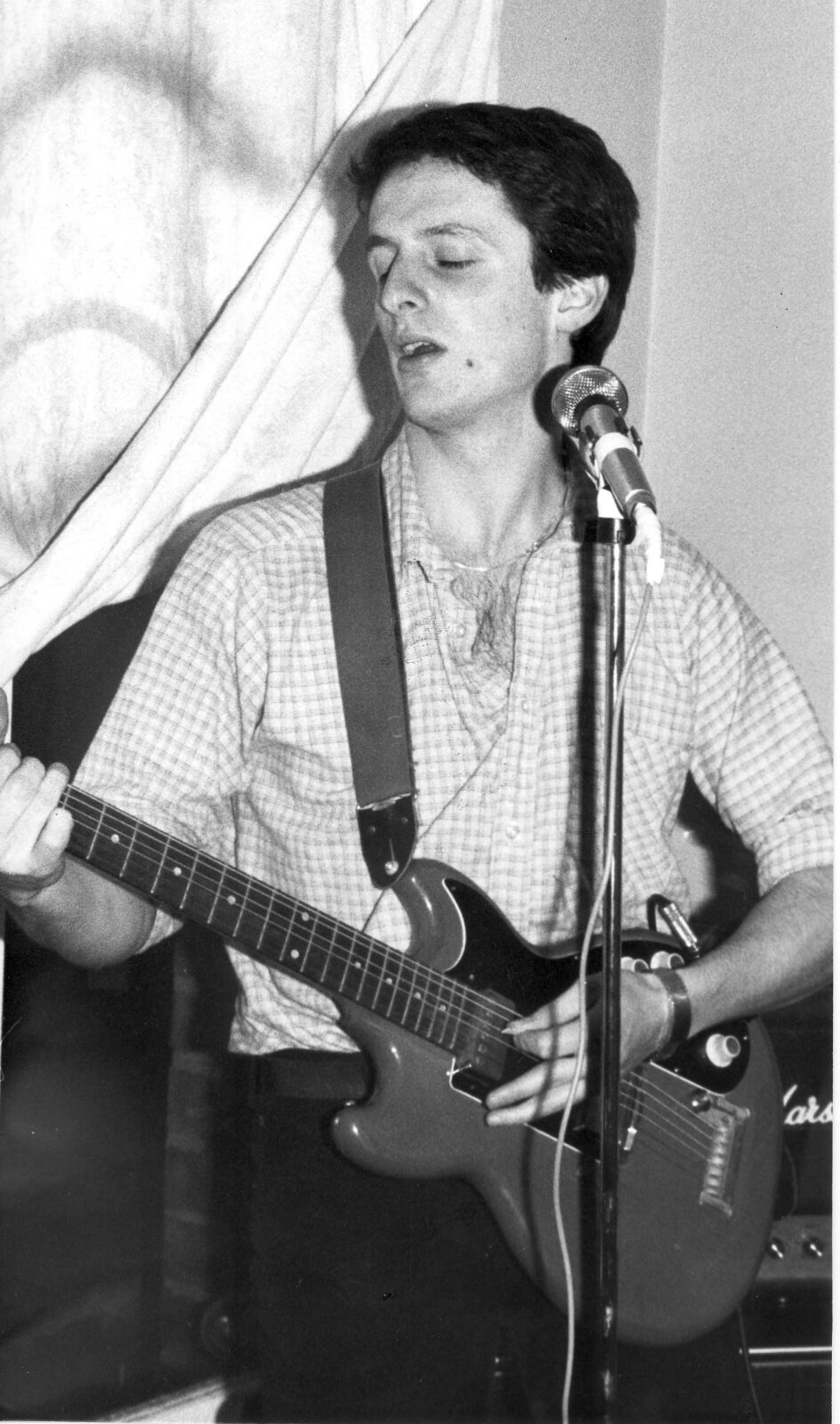
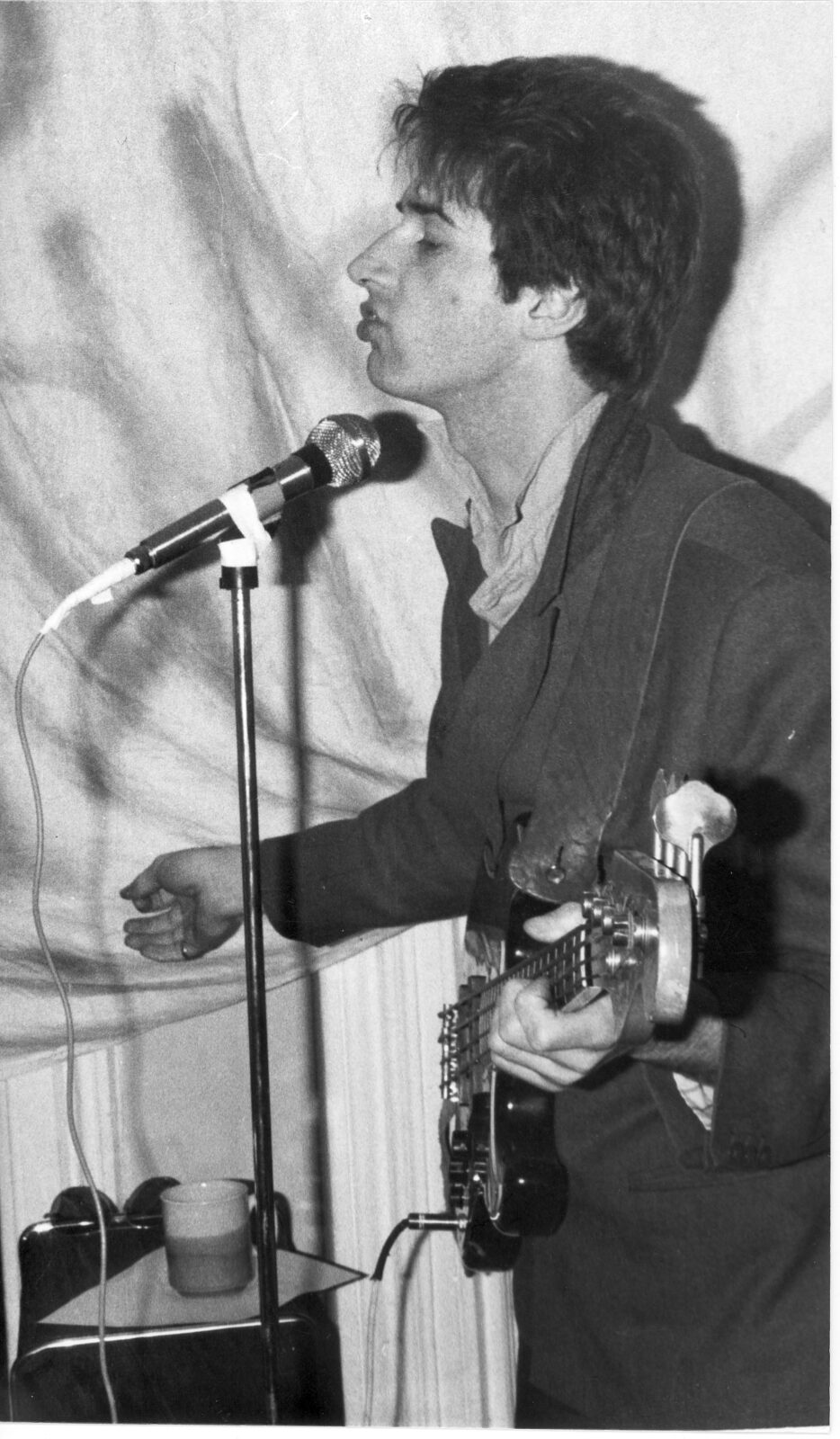
John Gill, in his New Musical Express review of ‘The Cinema Clock’ on 29th November 1980 observed: “You can laugh all you like, but I swear this lot sound like early (censored). Spindly, clanking found noises give way to finger lickin’/finger clickin’ bass and steamy metronomic drums…” However, he also detected a band that had one foot still in classic, 1970s rock: “…It trundles along and goes flying over the edge, retaining stable altitude just like those classic Liebezeit/Czukay rhythm departures of yore. Smart.”
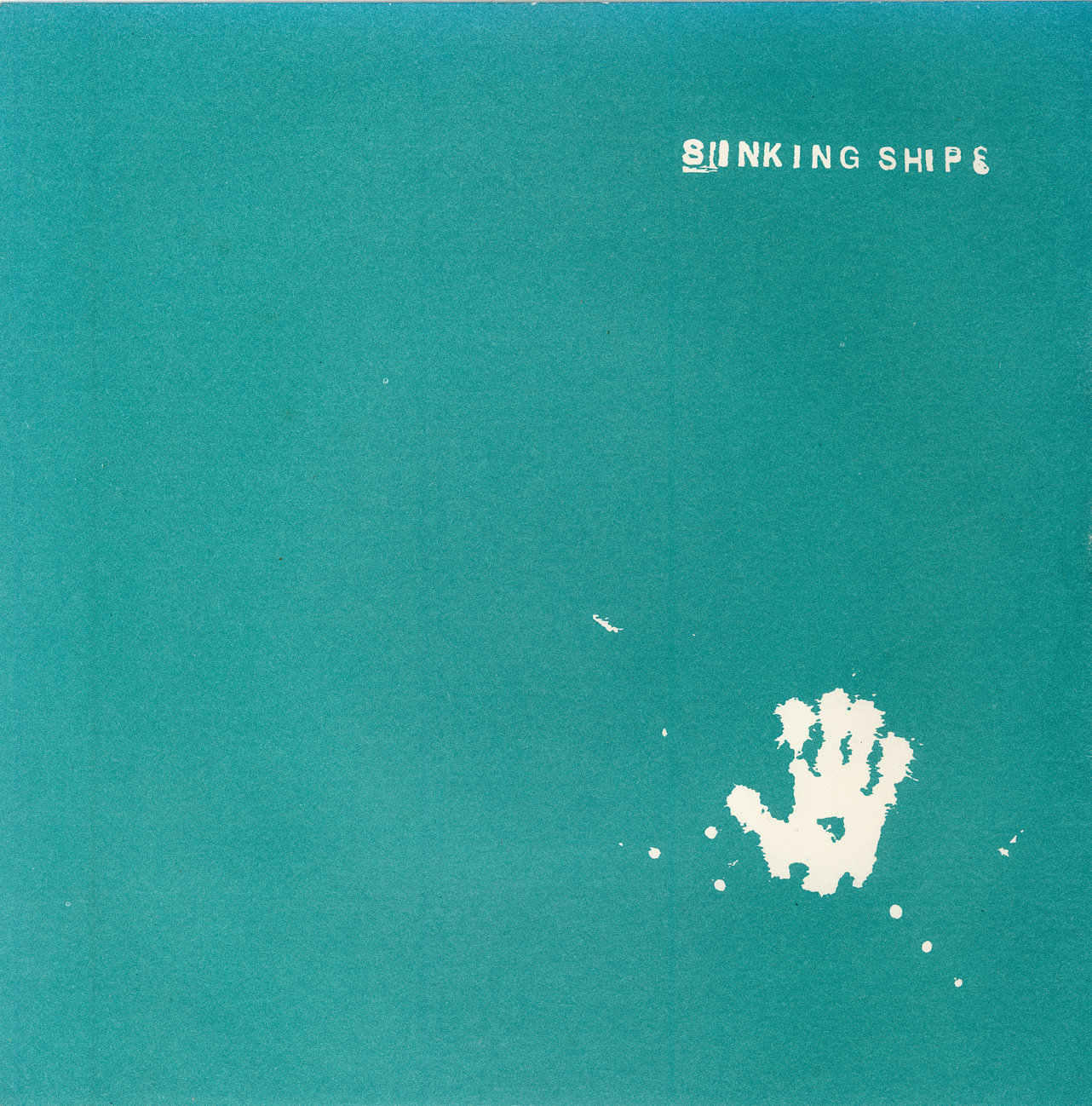
By the time of release the band had expanded by adding two new members: Tracey Horseman on keyboards and Steve Orient on electronics and effects. It was always our intention to follow in the footsteps of our peers such as John Foxx’s Ultravox!, Magazine, The Psychedelic Furs and Echo and the Bunnymen. All bands familiar to our drummer, Nick Green, who worked in our local record shop, Sanctuary Records. On the release of, ‘The Cinema Clock’ in the autumn of 1980, many people claimed that we were simply another outfit waiting to jump on the Joy Division bandwagon. This I might add, was not the case, as Simon and I didn’t discover the band until after the release of their album, ‘Closer’, in the summer of 1980. By that time, most of our, so-called, “Joy Division material” had already been written.

At the time, I was inspired by dub-reggae, Jah Wobble’s bass playing on ‘Metal Box’ and I loved the way Wire managed to make their songs so melodic despite their austere sound. In fact, Andy Gill reviewing ‘The Cinema Clock’ for Sounds (December 13th 1980), astutely noted the Wire influence in his review: “Spatial atmospheric intro gives way to what early Wire might have sounded like if Lewis had sung instead of Newman. Clinched by simple, logical guitar overdub. A grower.”
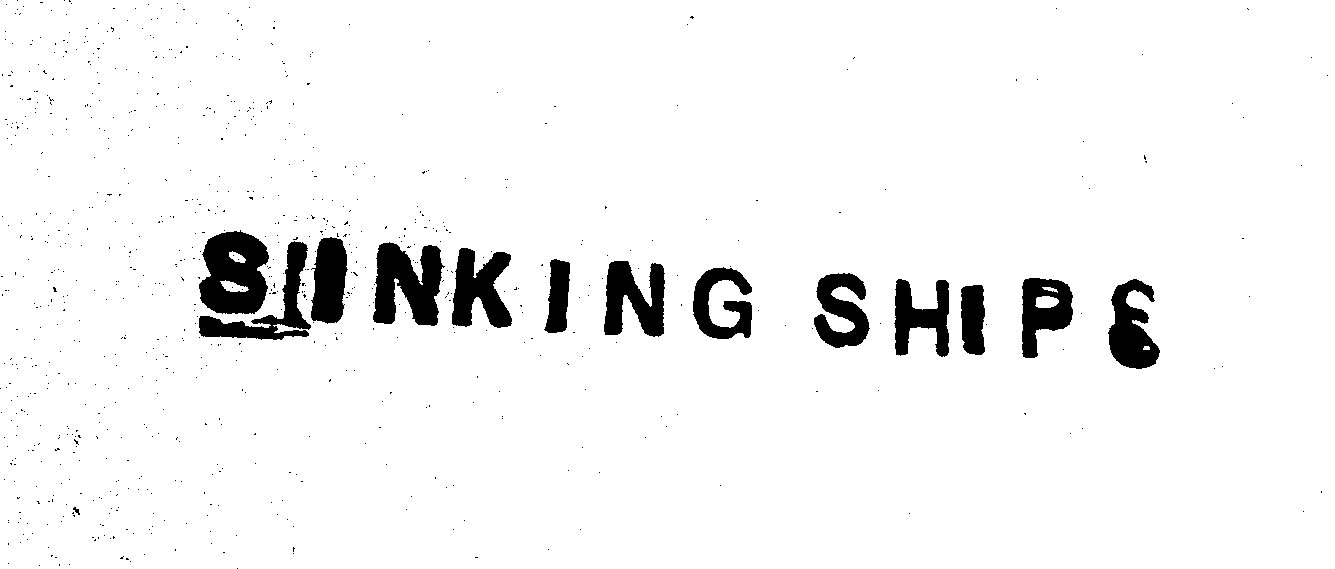
Simon, a big Carlos Santana fan in the early part of the decade, quickly embraced the direct and sometimes chaotic style of playing employed by the likes of Robin Simon from Ultravox, Andy Gill from Gang of Four and John McGeoch of Magazine, yet he still managed to maintain the progressive tendencies of Dave Brock, from ‘In Search of Space’ era Hawkwind! Nick – a big Iggy Pop fan – on the other hand, having access to a whole spectrum of sounds in his workplace, was forever introducing us to new bands such as Killing Joke, The Sound, The Scars and Local Heroes – bands who all became influences. Julian Cope, on hearing ‘The Cinema Clock’ 20-years after its release, stated; that if he’d heard it at the time, he would have been a fan. He commented on the, “far out” arrangement and I had to admit that it was simply down to our musical naivety rather than any grand design. We came from a school of thought who considered that writing our own material always took precedence over learning cover versions. As a result, our musical education was developed in somewhat of a vacuum. I later worked with Cope on The Sons of TC-Lethbridge double album, ‘A Giant’ (ARC, 2003) and during this time he featured ‘The Cinema Clock’ on his ‘Rome Wasn’t Burned in a Day’ soundtrack compilation which is still featured on his Head Heritage website.
At the time there were so many diverse, musical styles flying around and it was difficult to know which path to pursue. Instead of following our noses, we became easily swayed by those around us, with all the best intentions, telling us to be more commercial. Would anyone play ‘The Cinema Clock’ on the radio with an intro inspired by Tangerine Dream’s ‘Sunrise in the Third System’ from their 1971 album, ‘Alpha Centauri’? Well, John Peel did – several times! Our attempts at pop were reasonably successful, but was it really us, who can say? The rise of the New Romantics and their associated reliance on new electronic devices was another diversion that distracted us from our path. As young men in our early twenties we were prone to follow fashion.
At the end of 1980, the band were commissioned by Dead Good Records to record a six-track session at Studio Playground. By this time however, the label had become involved with Stevo Pearce and the Some Bizzare label which eventually saw them strike a number one, hit single with Soft Cell’s ‘Tainted Love’. As a consequence of Dead Good’s new focus, the session was never released.
By the end of 1980, the Sinking Ships line-up had changed yet again, with Tracey being replaced by American saxophonist, Charlie Anderson. This line up recorded another single together, ‘Dream’, that was released the following year on Recession Records – a label established by our sound engineer, Neal Quincey.
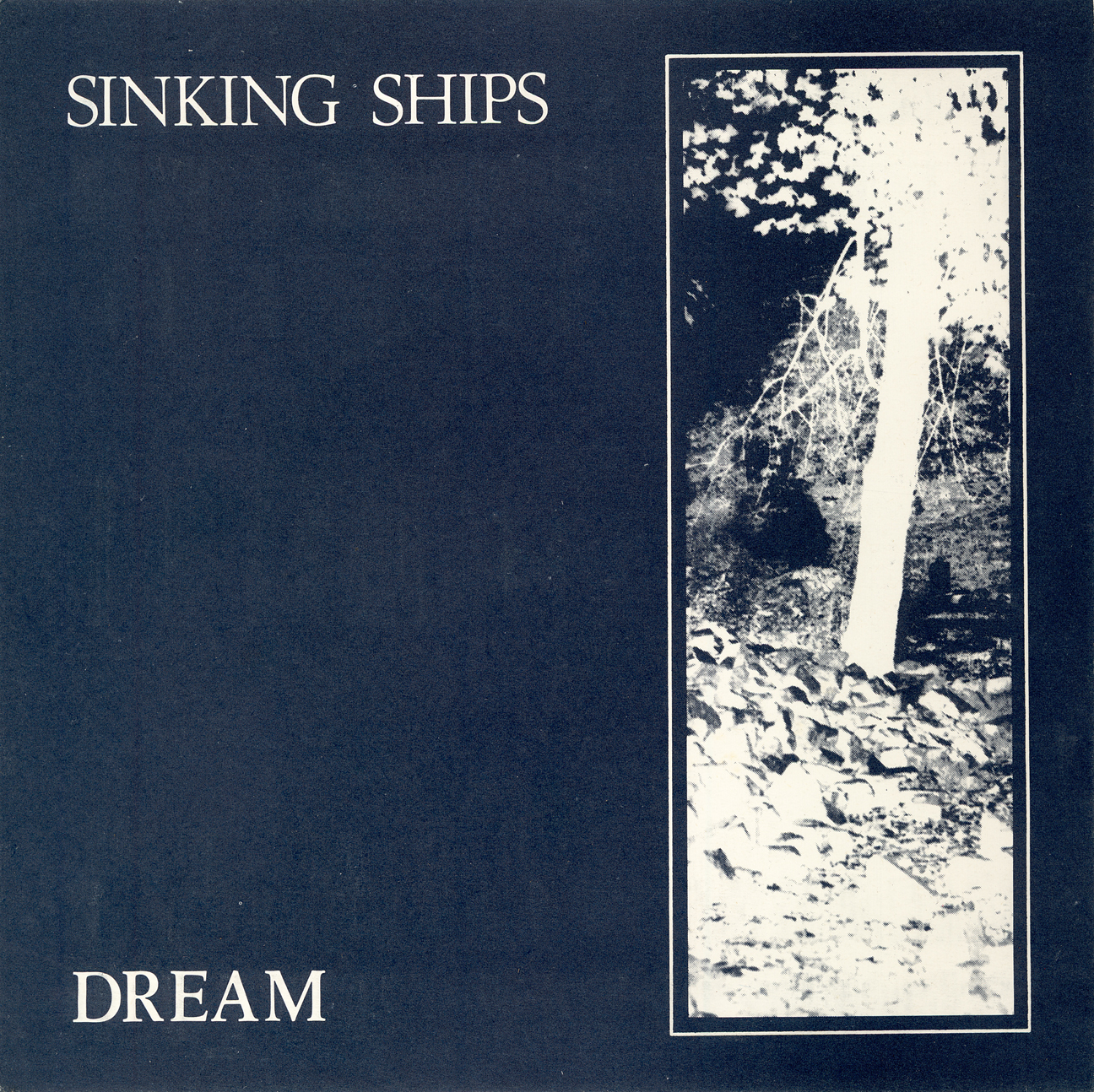
Over the course of our three-year tenure, we gigged widely across the East Midlands, playing alongside, The Psychedelic Furs, The Modettes and The Fatal Charm from Nottingham, whom we supported at the Marquee Club on Wardour Street, London. We also played numerous local venues with our friends, The Cigarettes. During this period, Neal undertook a number of rehearsal-room recordings sessions with the band, but by spring 1981, the line-up had changed once again. Steve and Charlie were replaced by Arista signed, Red Alert guitarist, Colin Moss. Steve went on to become one half of pop-duo, Interplay, whose single, ‘Pretty Face’ (Zizi Jeanmarie) was produced by Trevor Horn and released on Carrere Records (CAR 211, 1982).
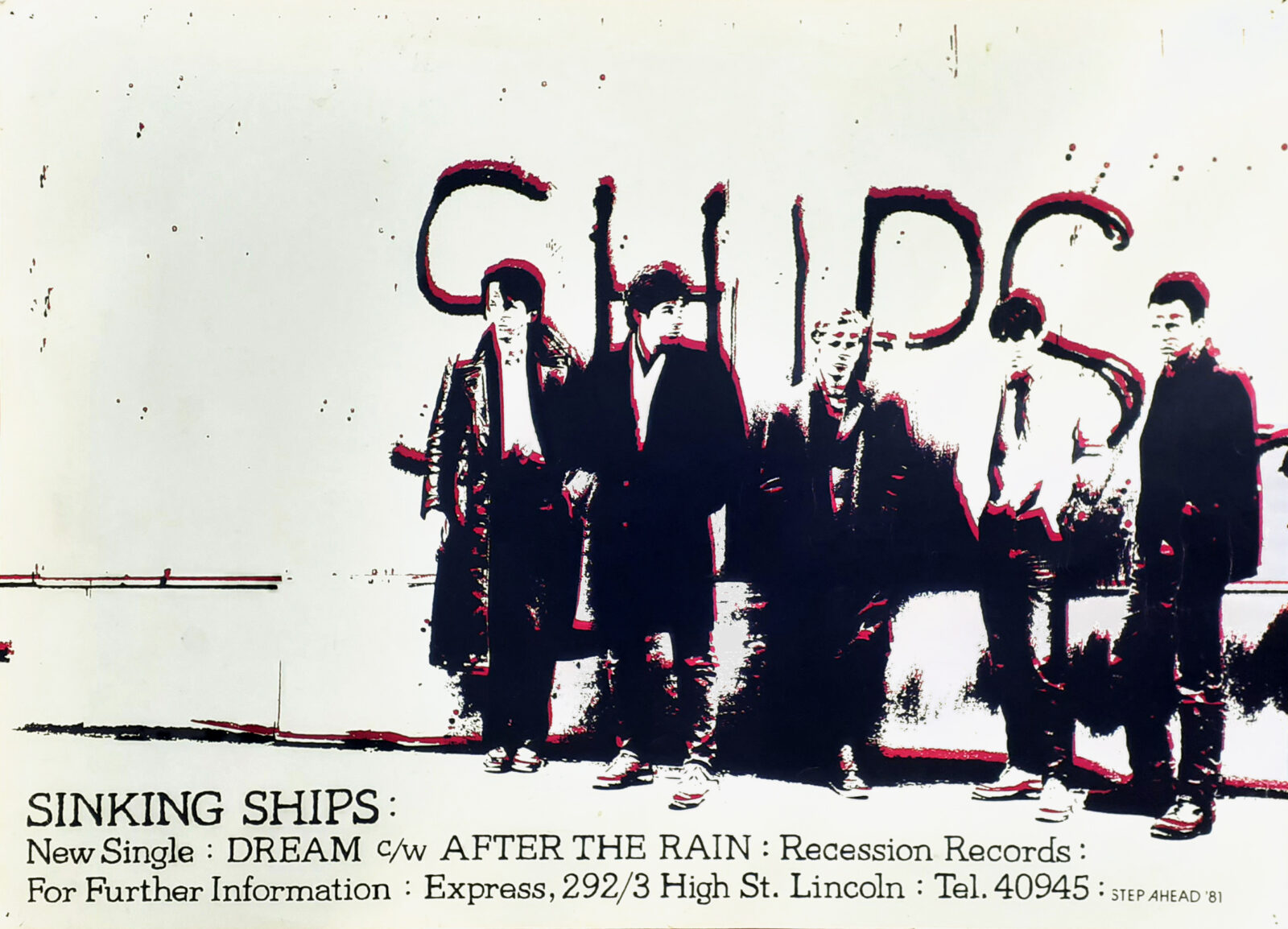
Unfortunately, when Sinking Ships did eventually finally get back on course, by introducing a second guitarist into the fold, our days were numbered. This line-up played a handful of local gigs, before finally splitting in the autumn of 1981, with a number of our new, more adventurous new songs existing only as demos.
Epilogue: I Found Myself in a Strange Town
In the autumn/early winter of 1981, after Sinking Ships had split up, I got together with Colin Moss – who had played guitar in the final incarnation of the group – in the hope that we could continue on as a band. Colin recruited Andy Dransfield and we convened on a number of occasions at his recording studio, Studio Playground in Wragby, Lincolnshire, to rehearse the Sinking Ships set.
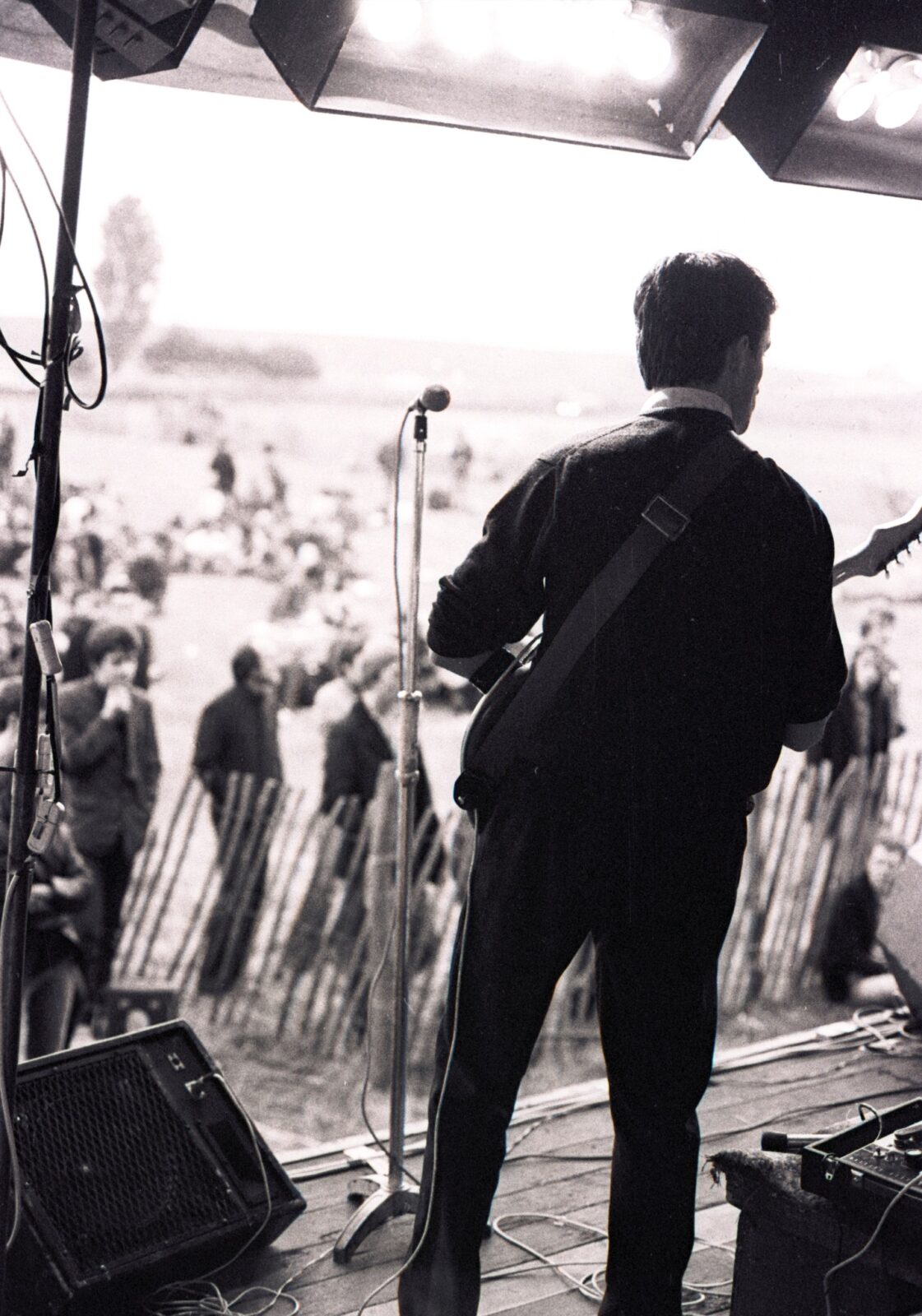
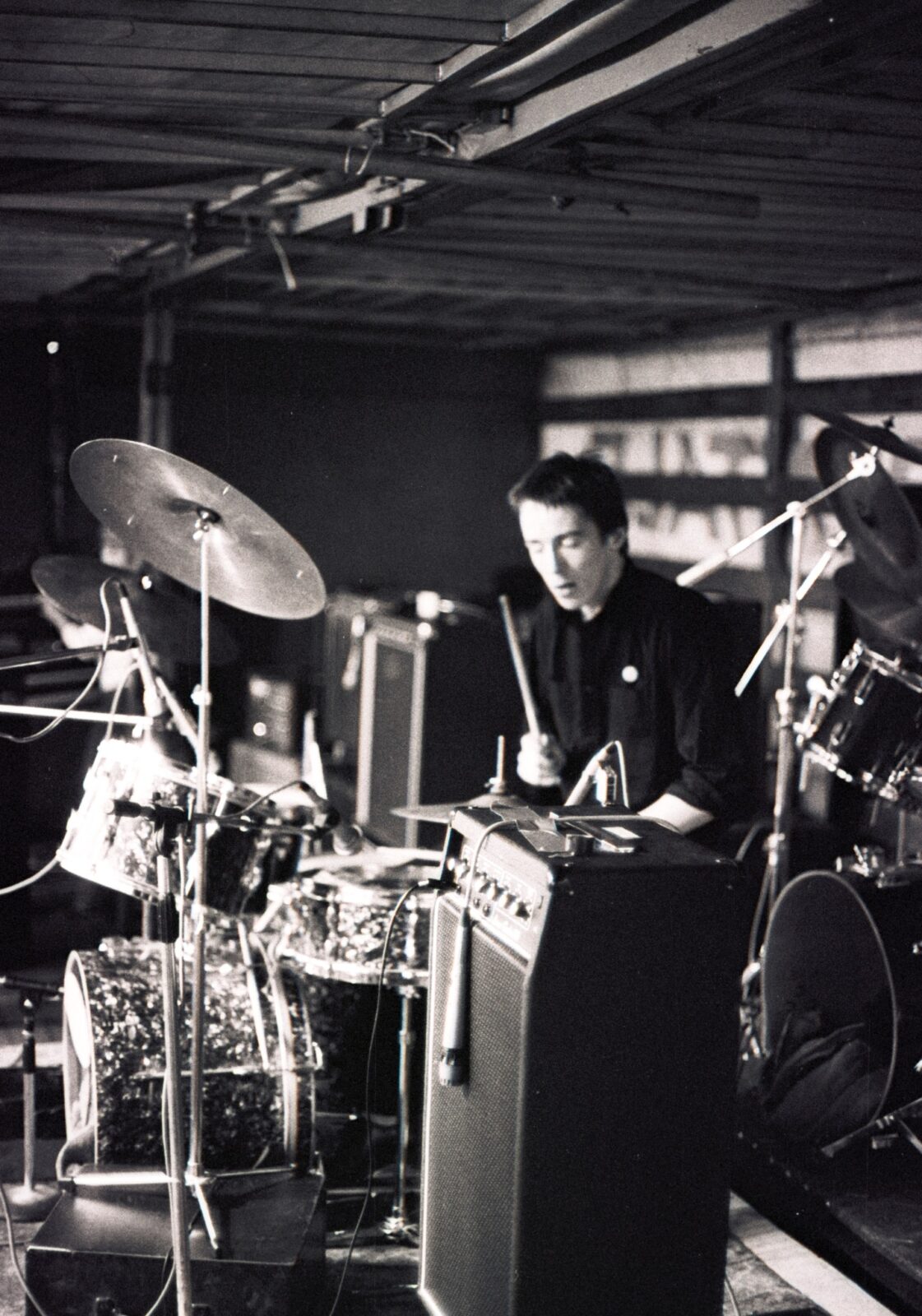
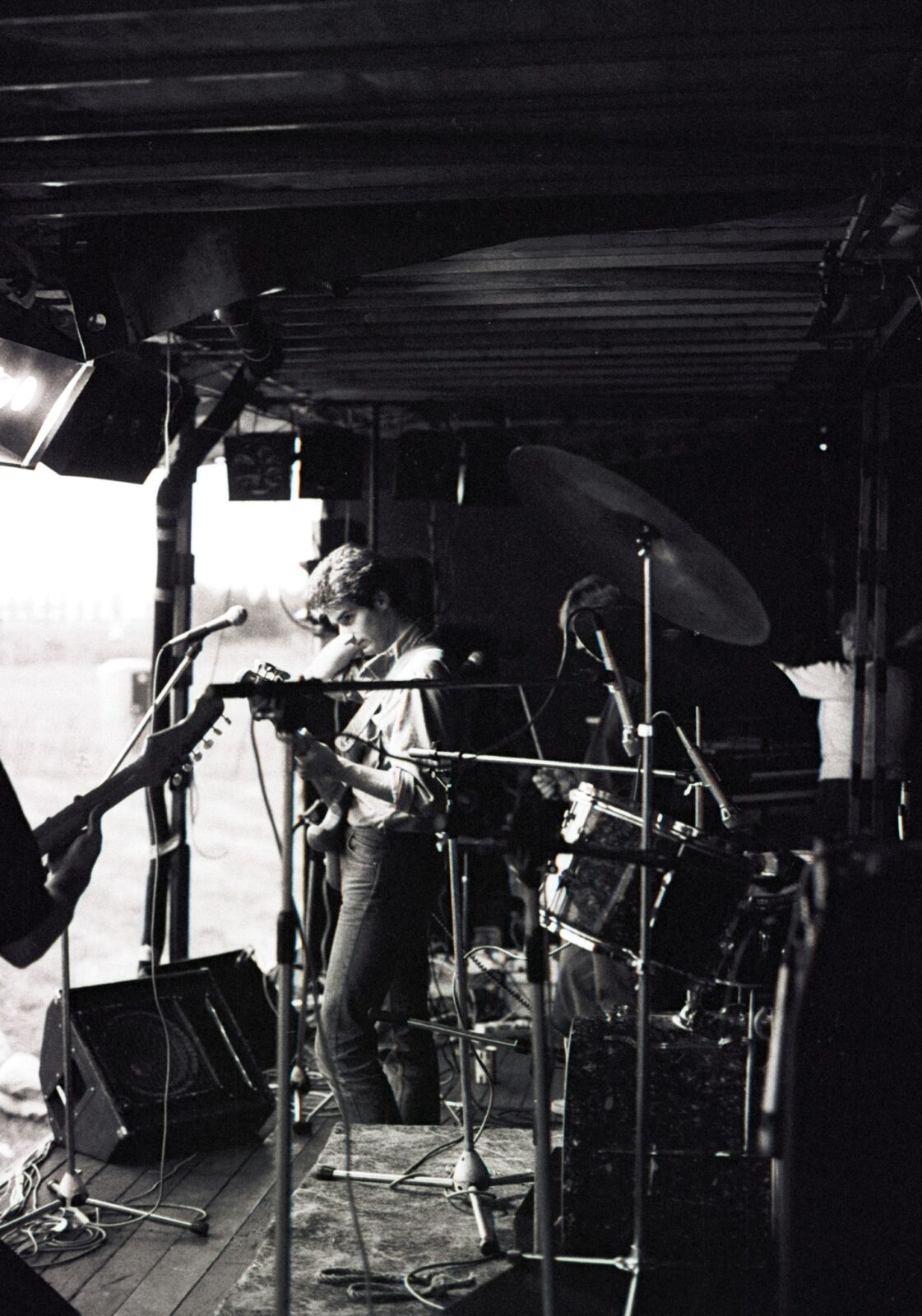
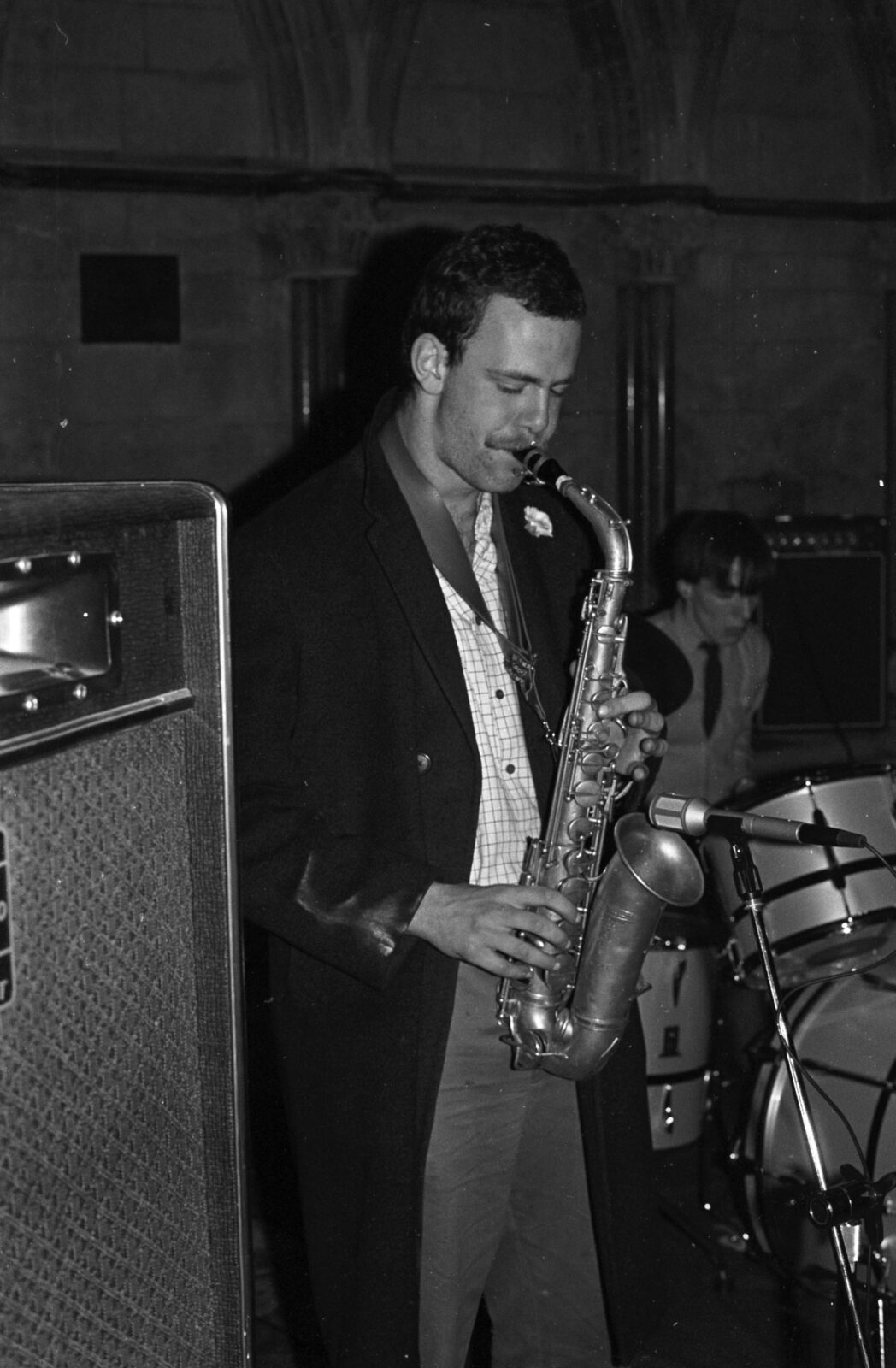
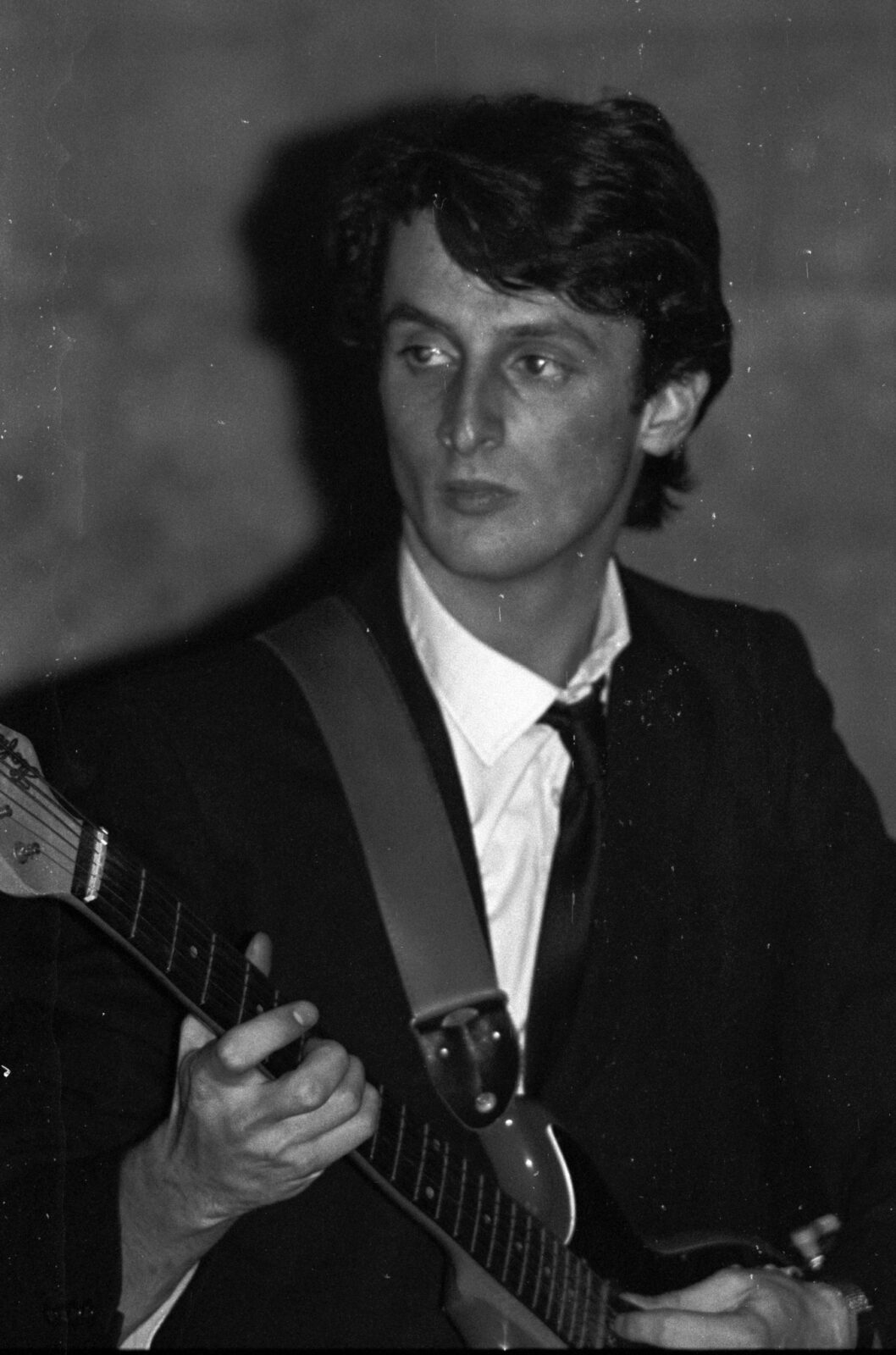
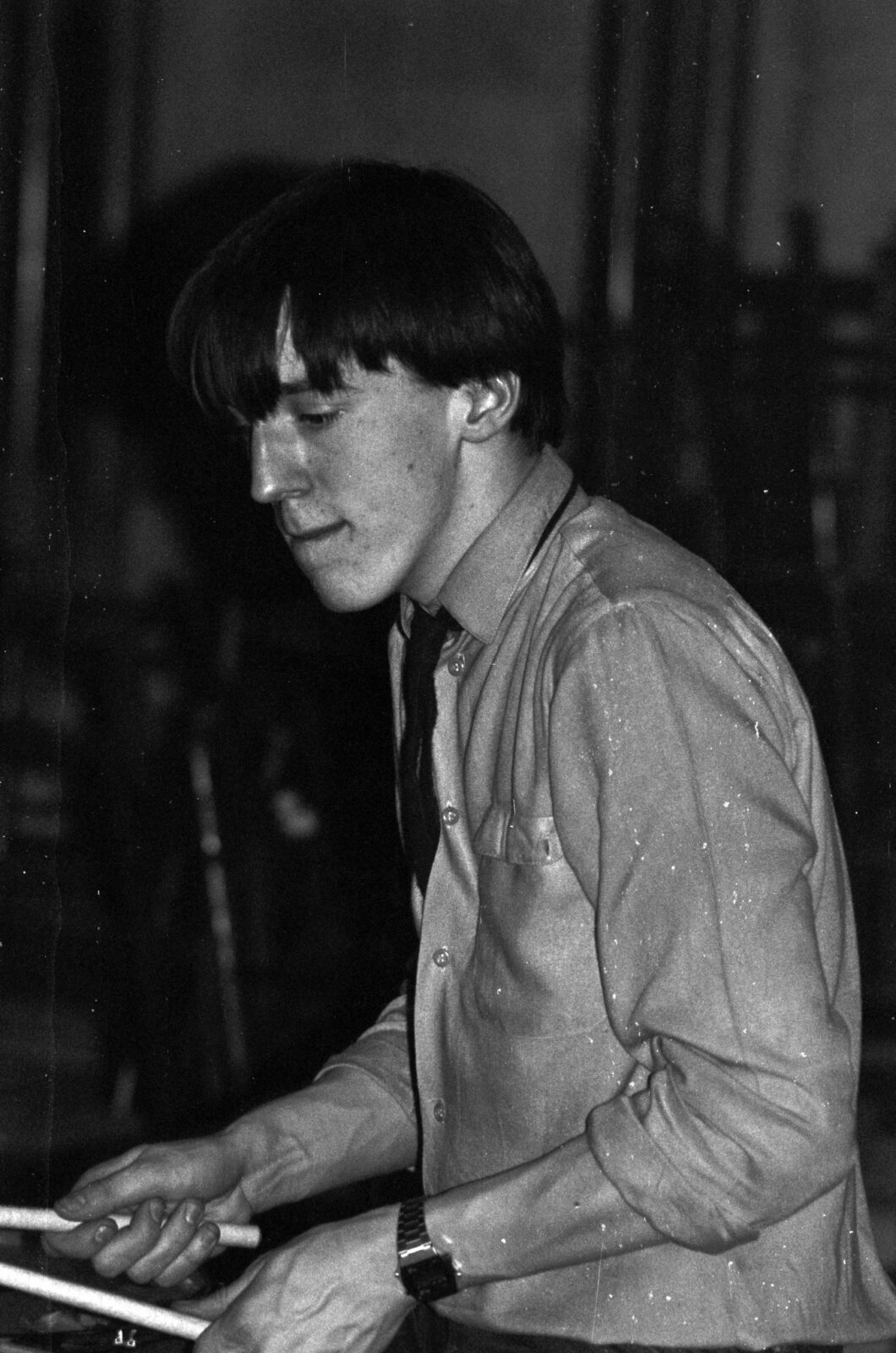
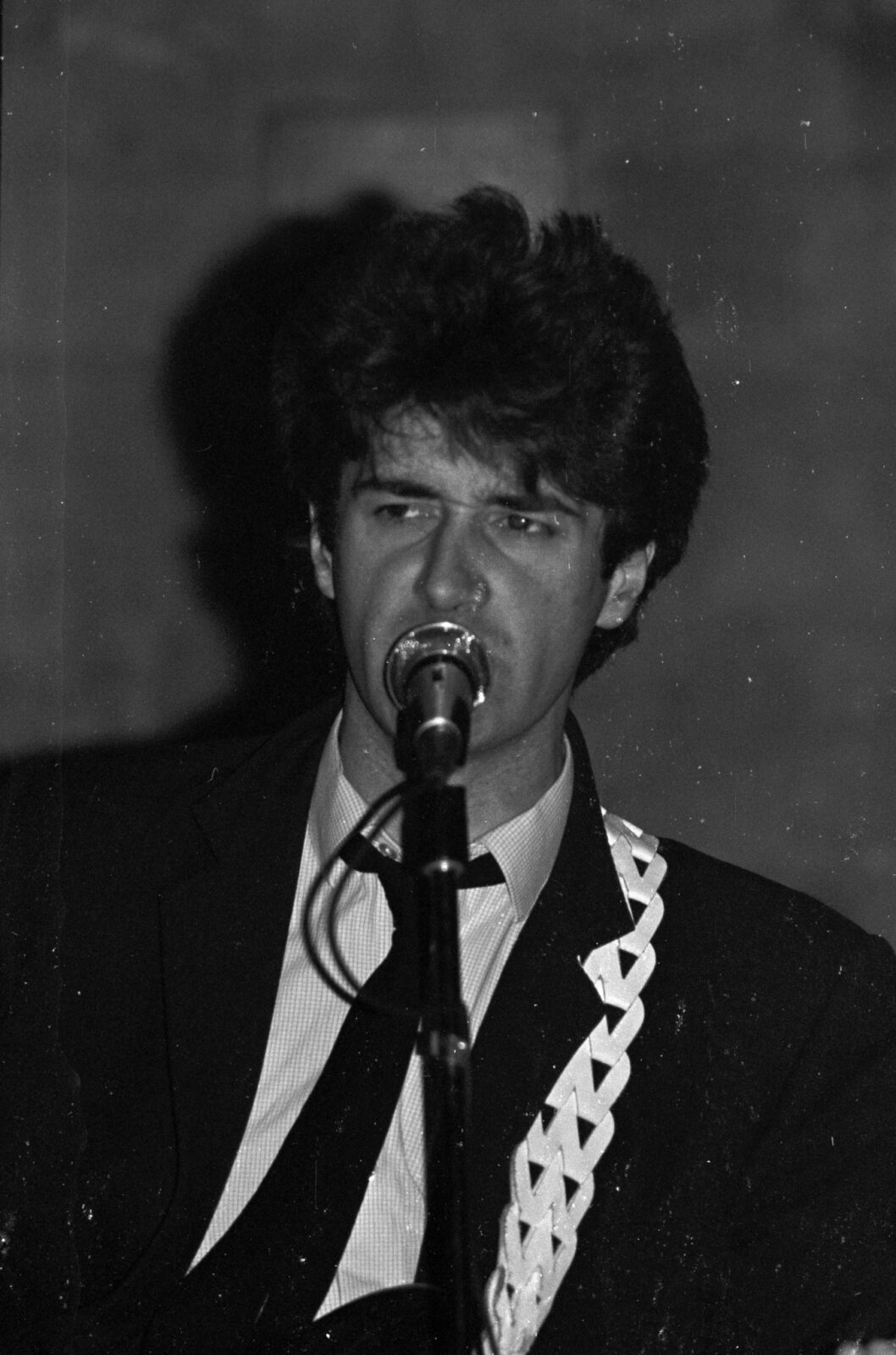
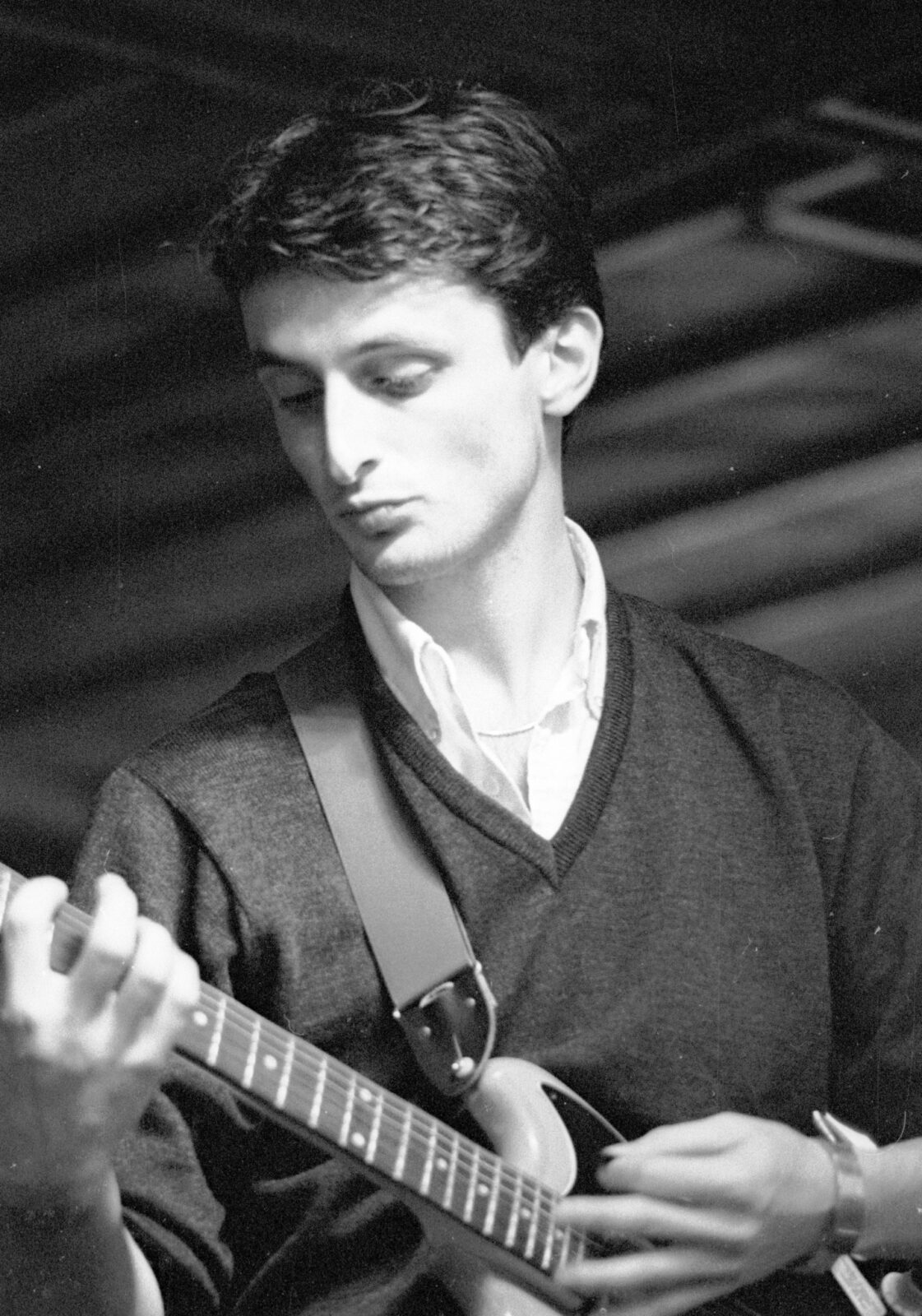
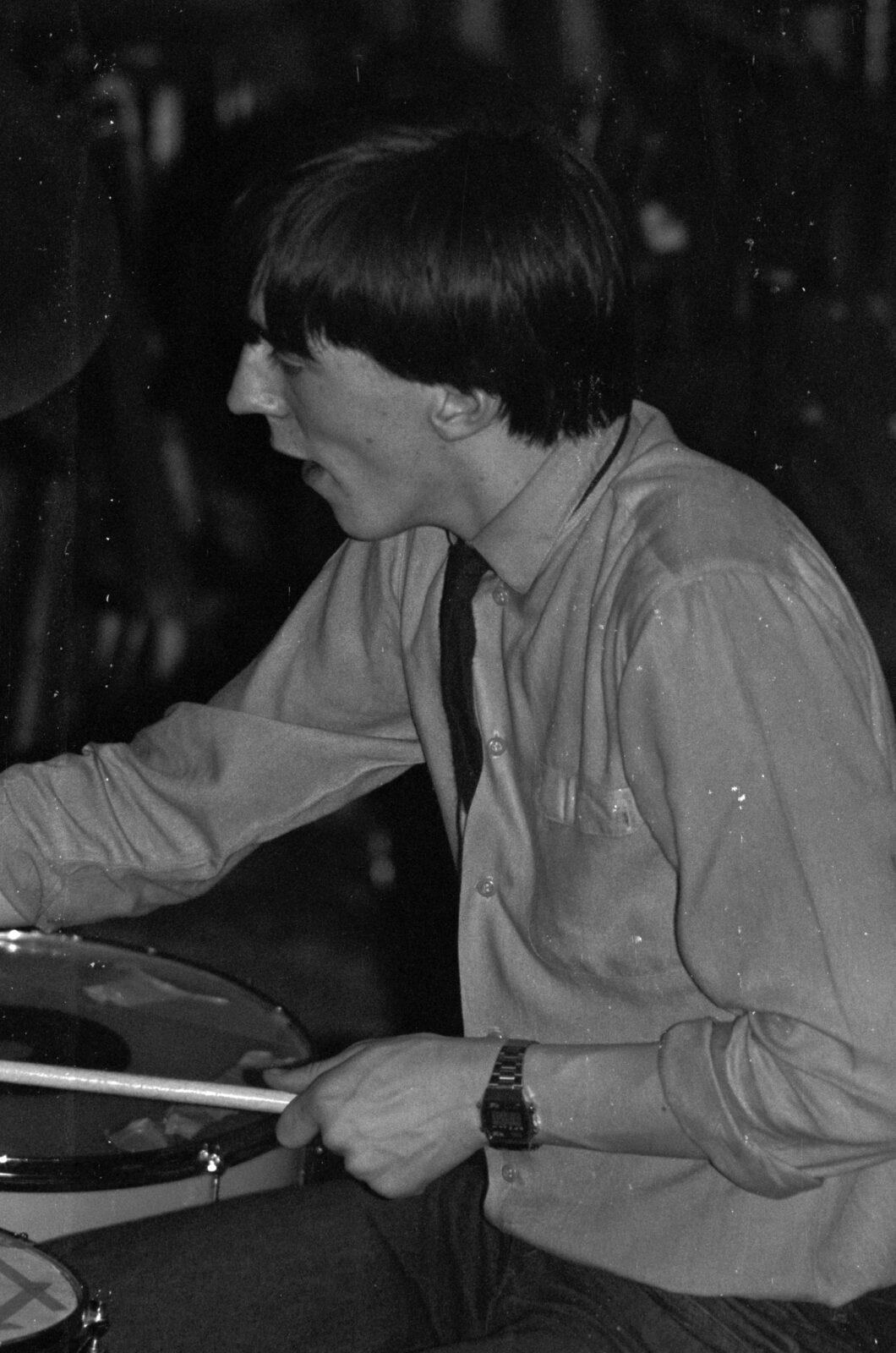
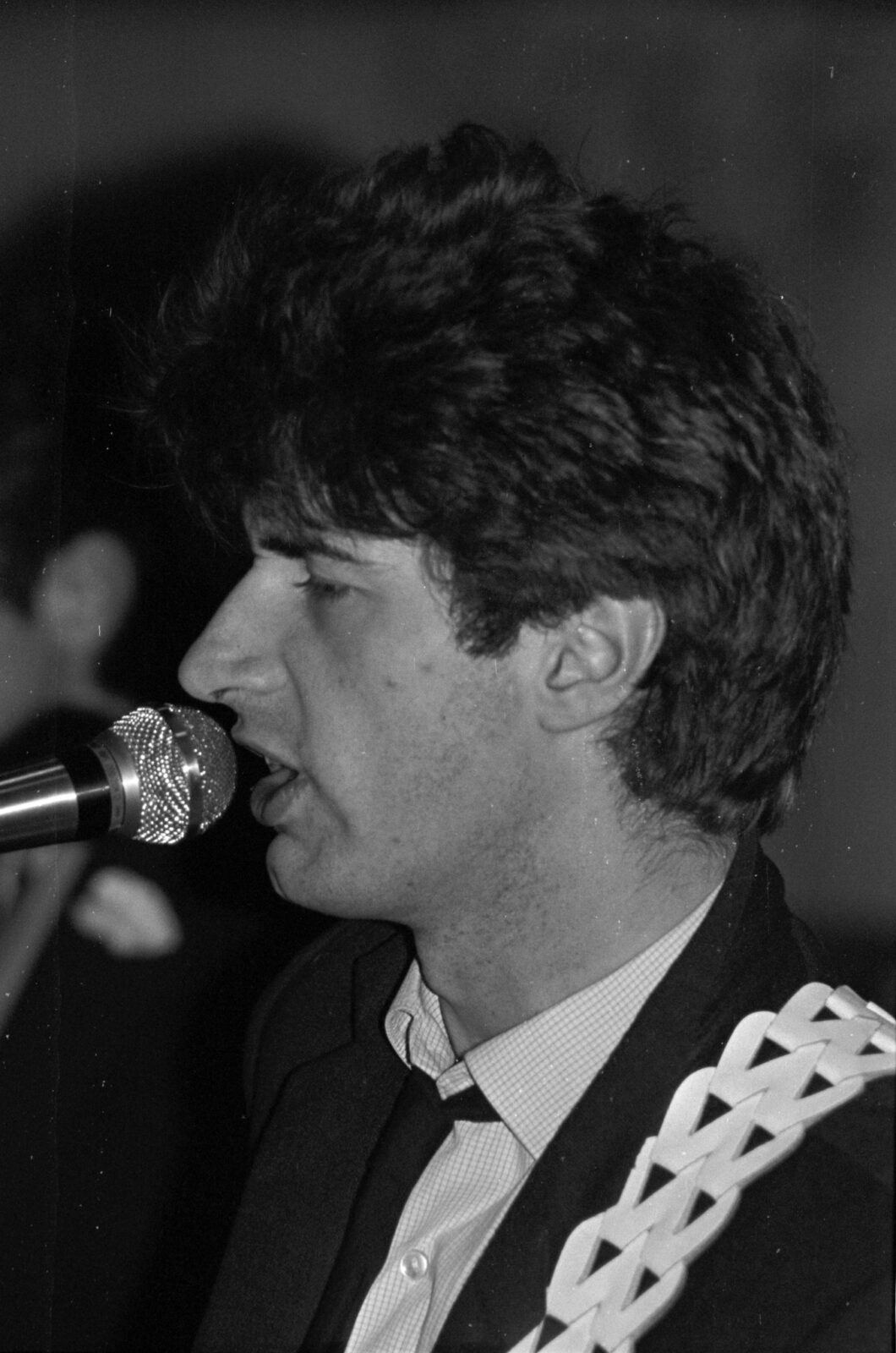
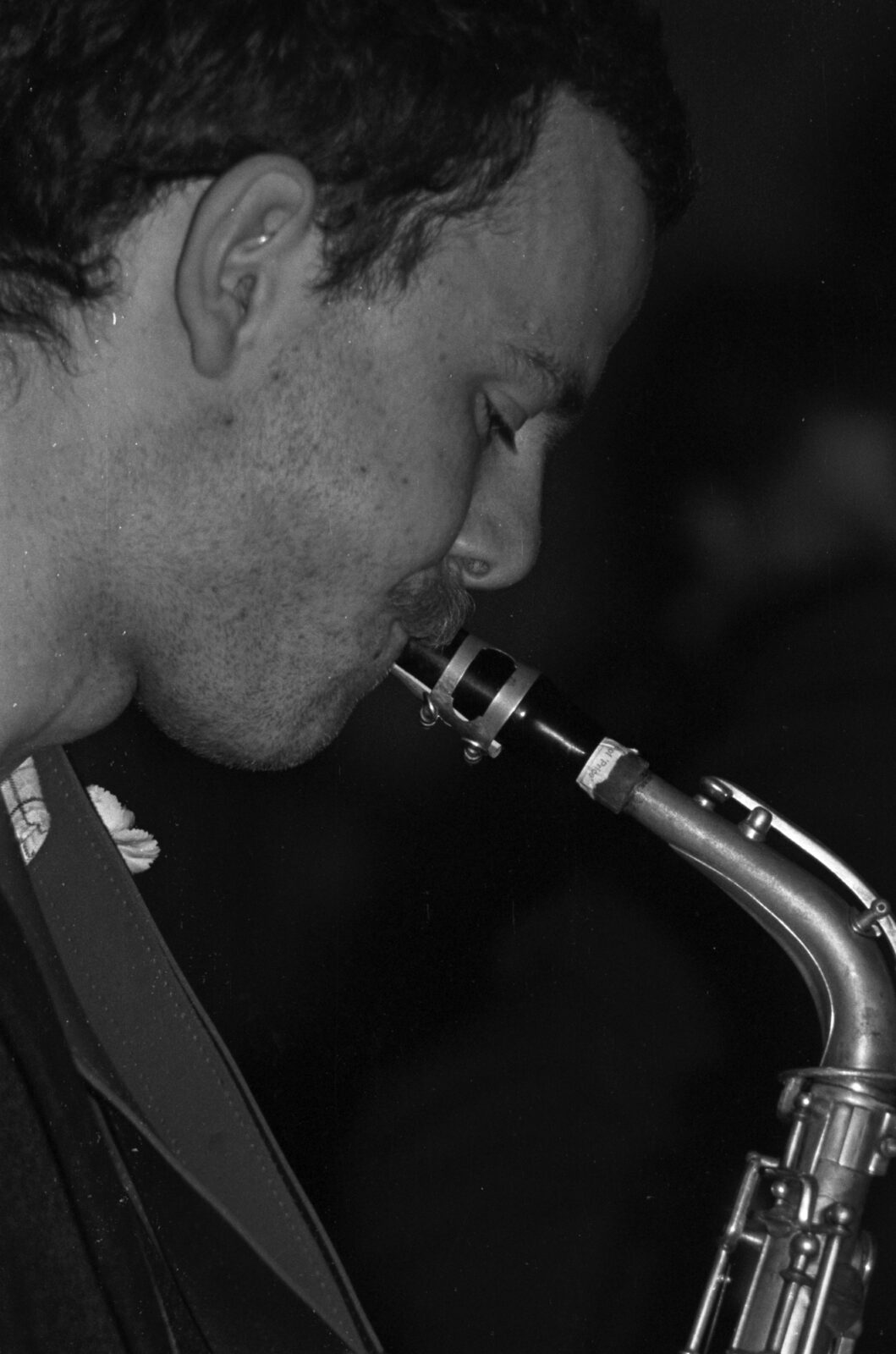
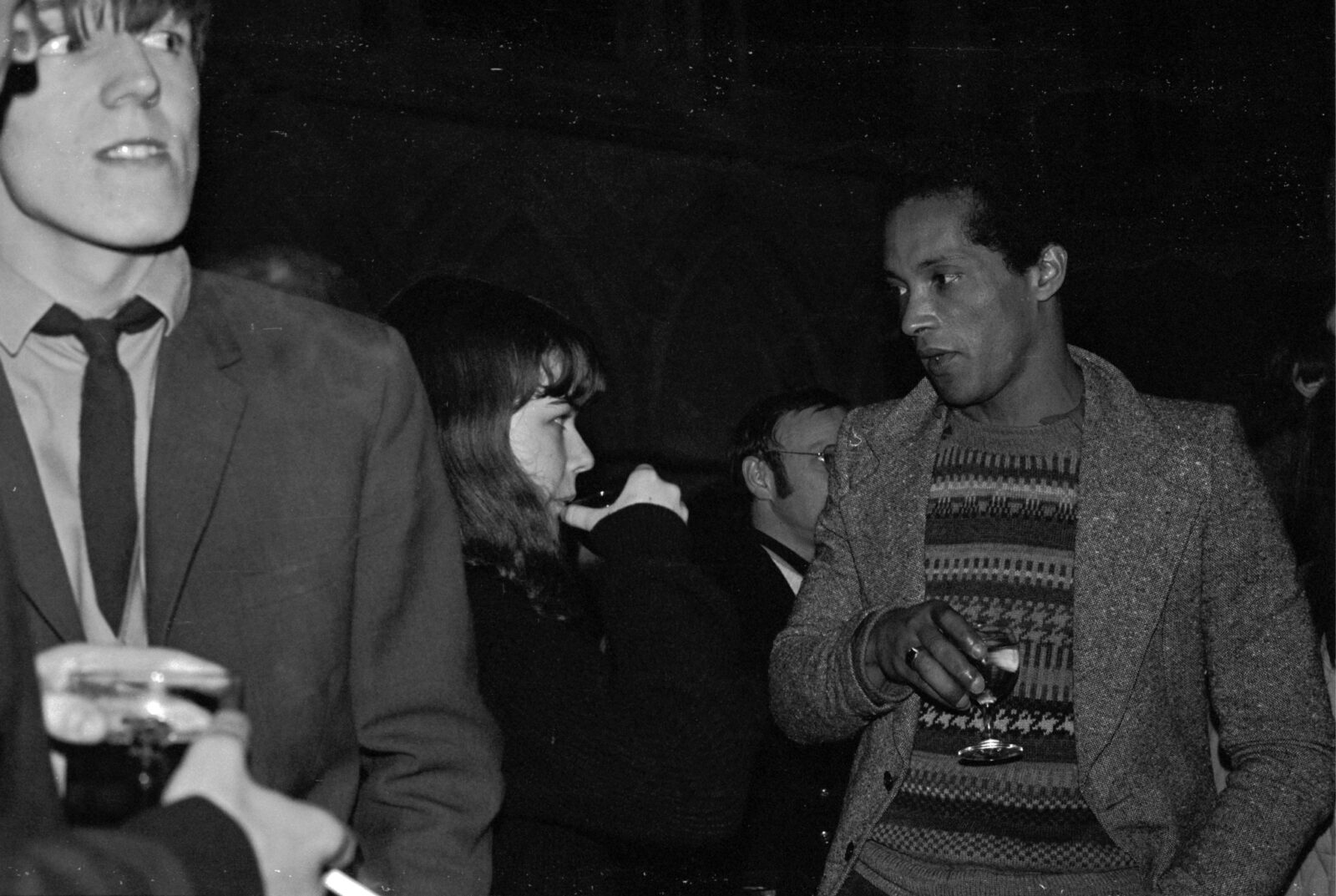
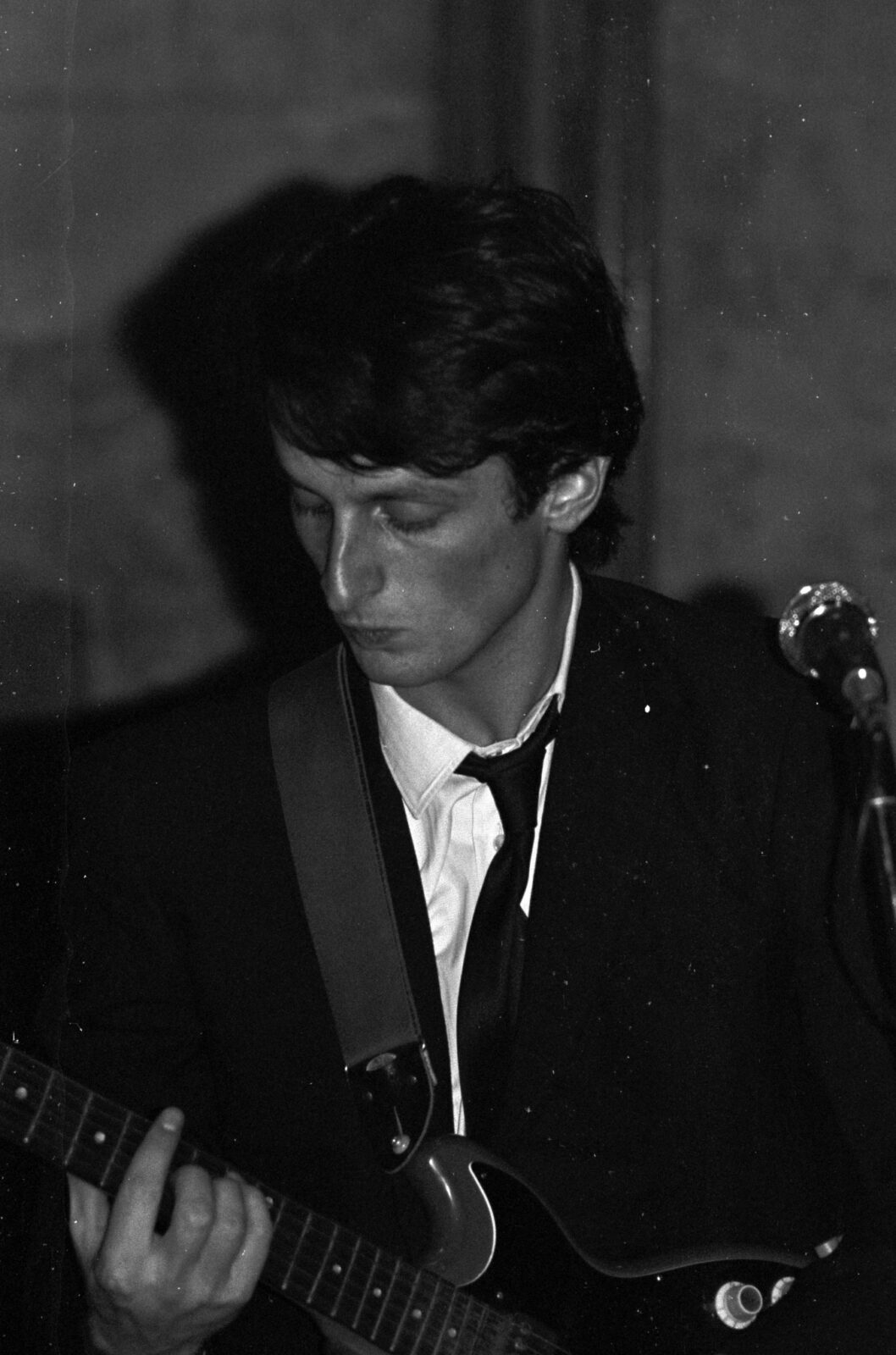
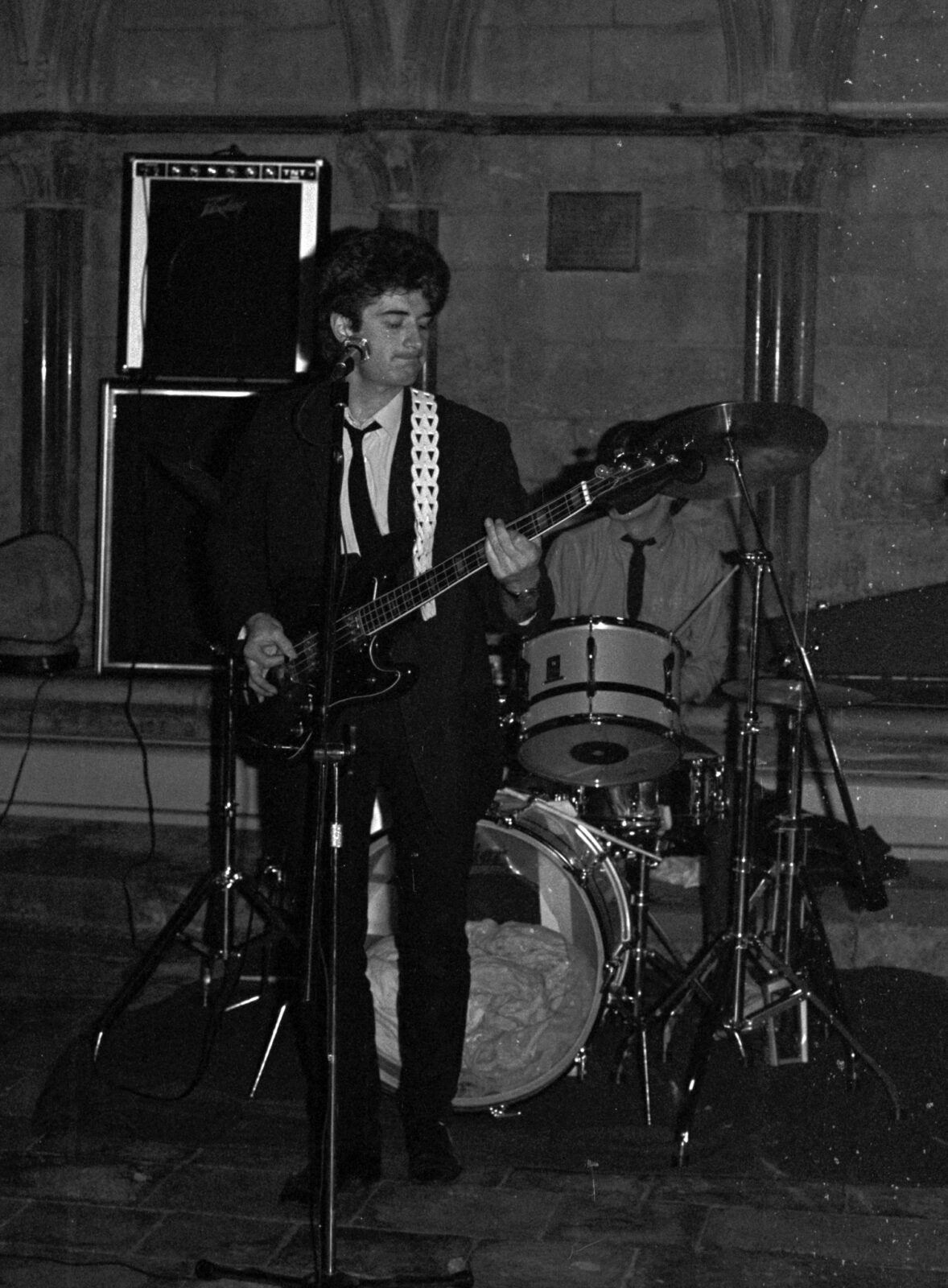
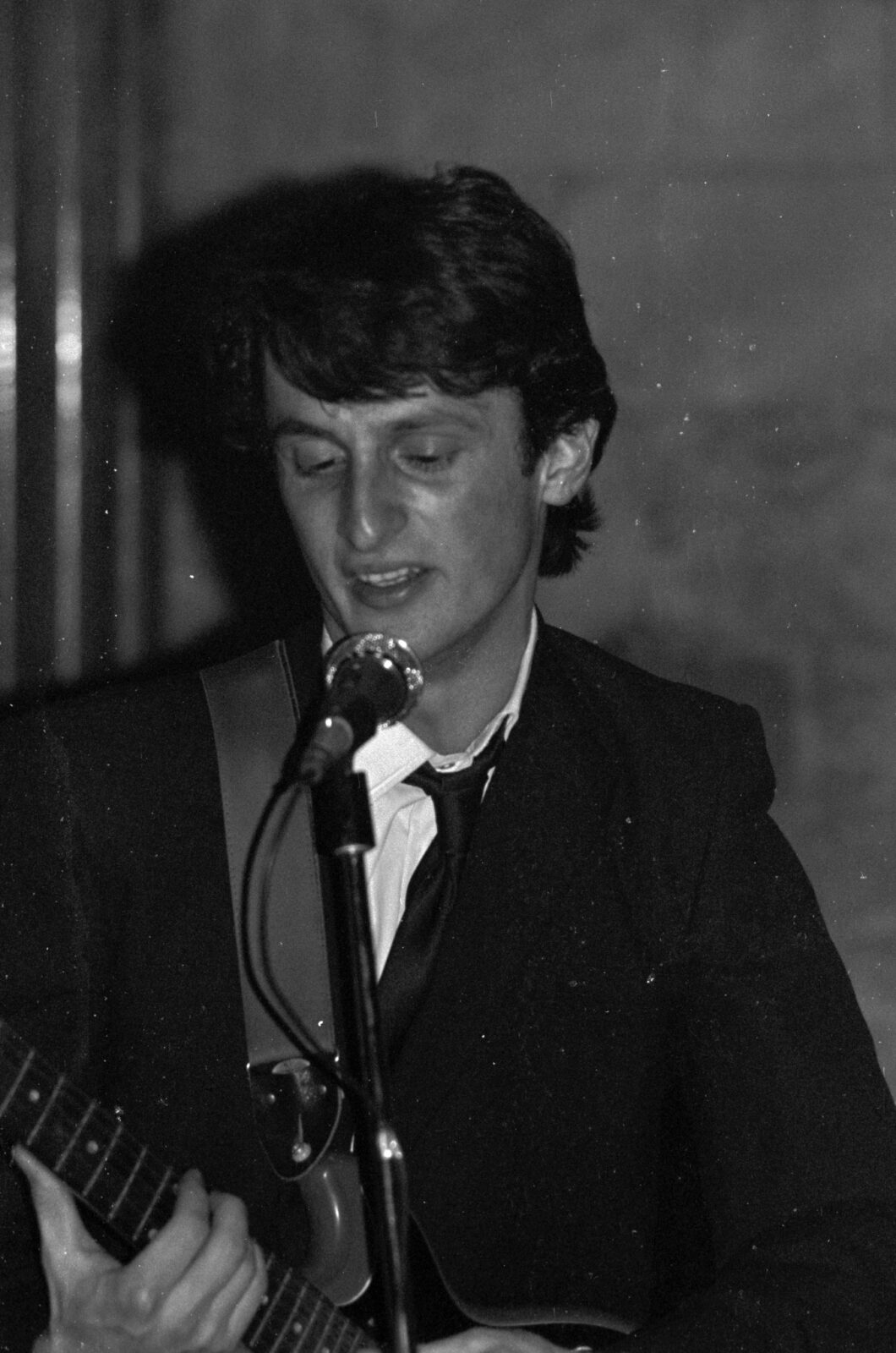
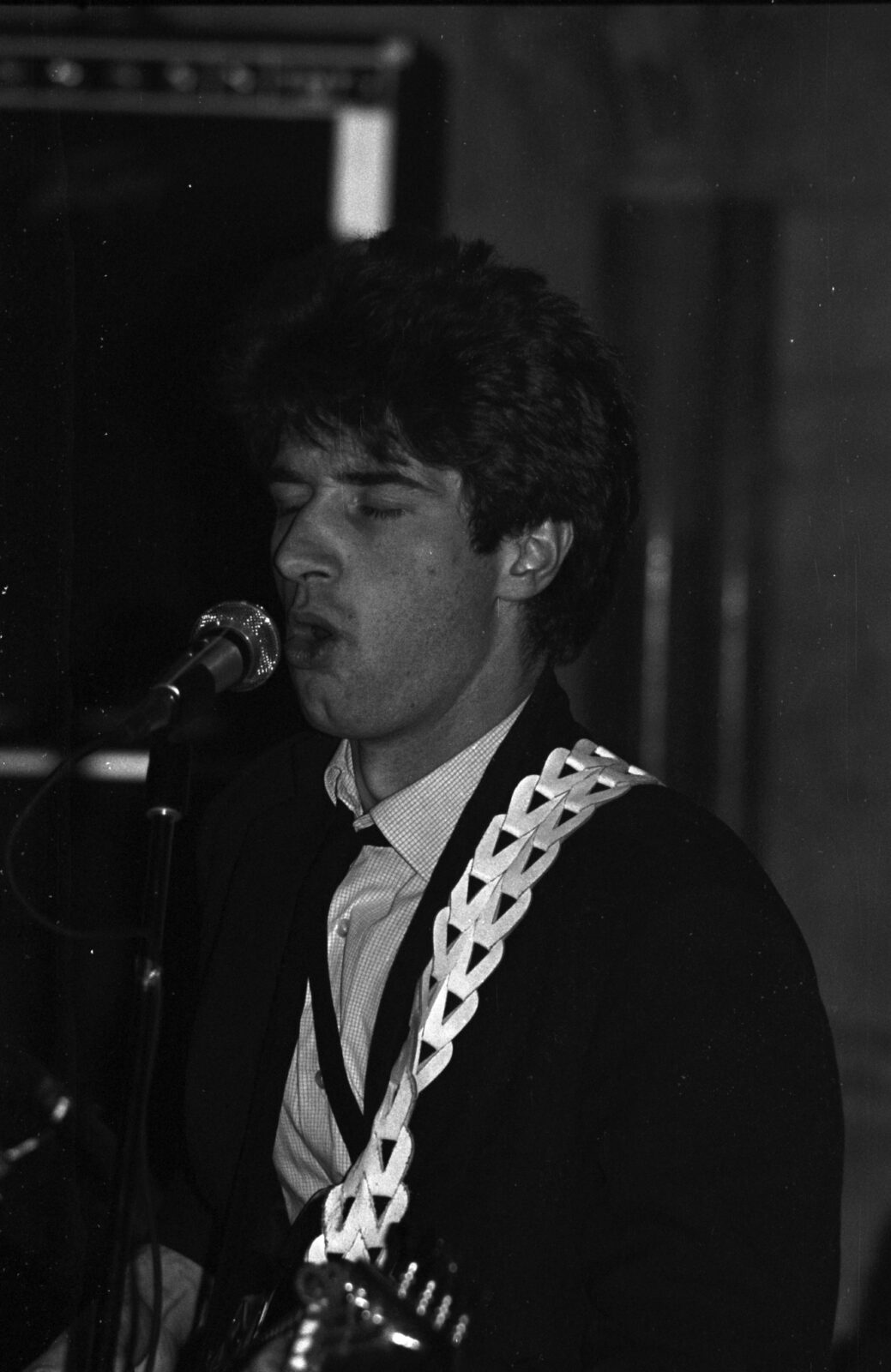
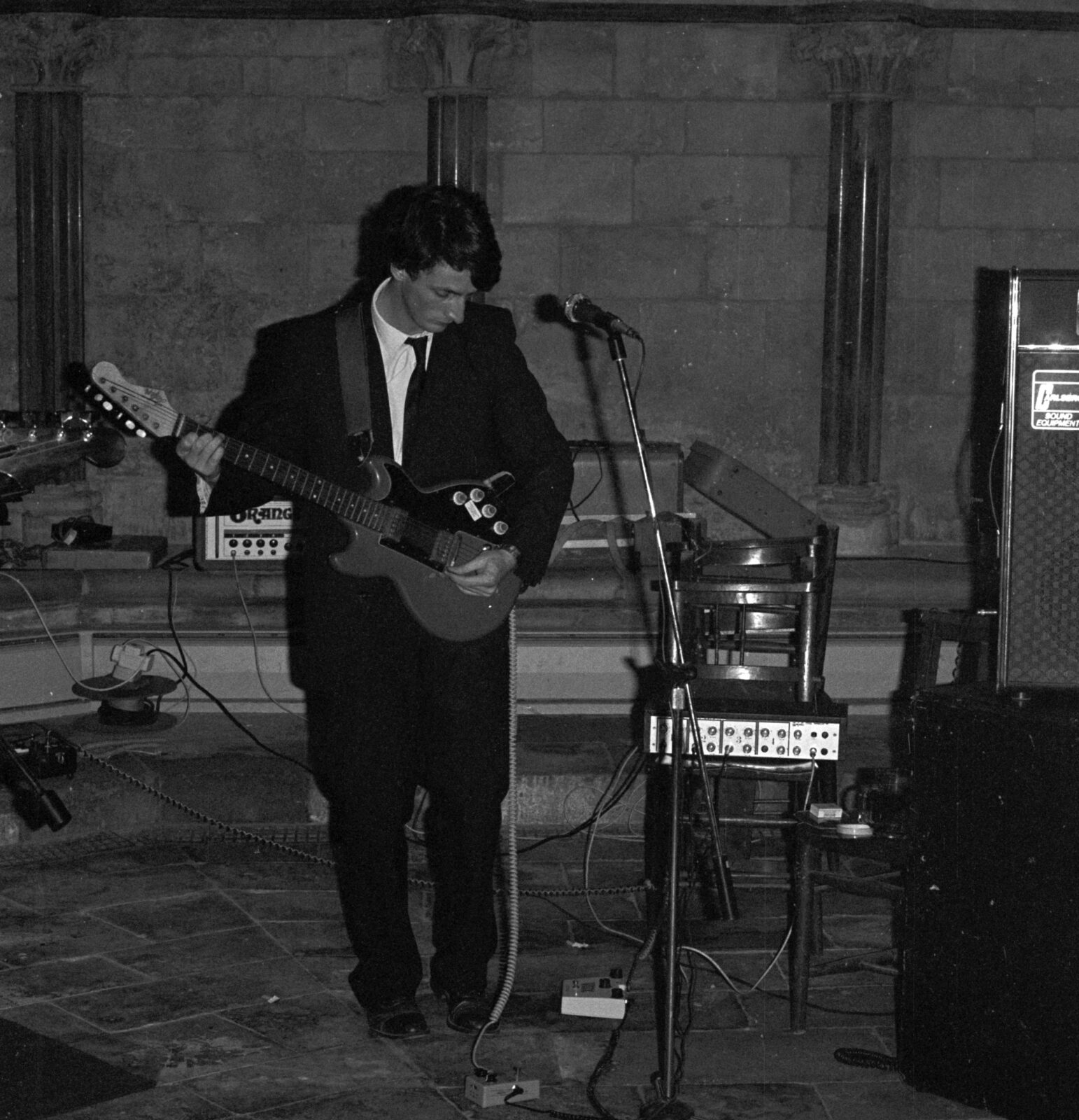
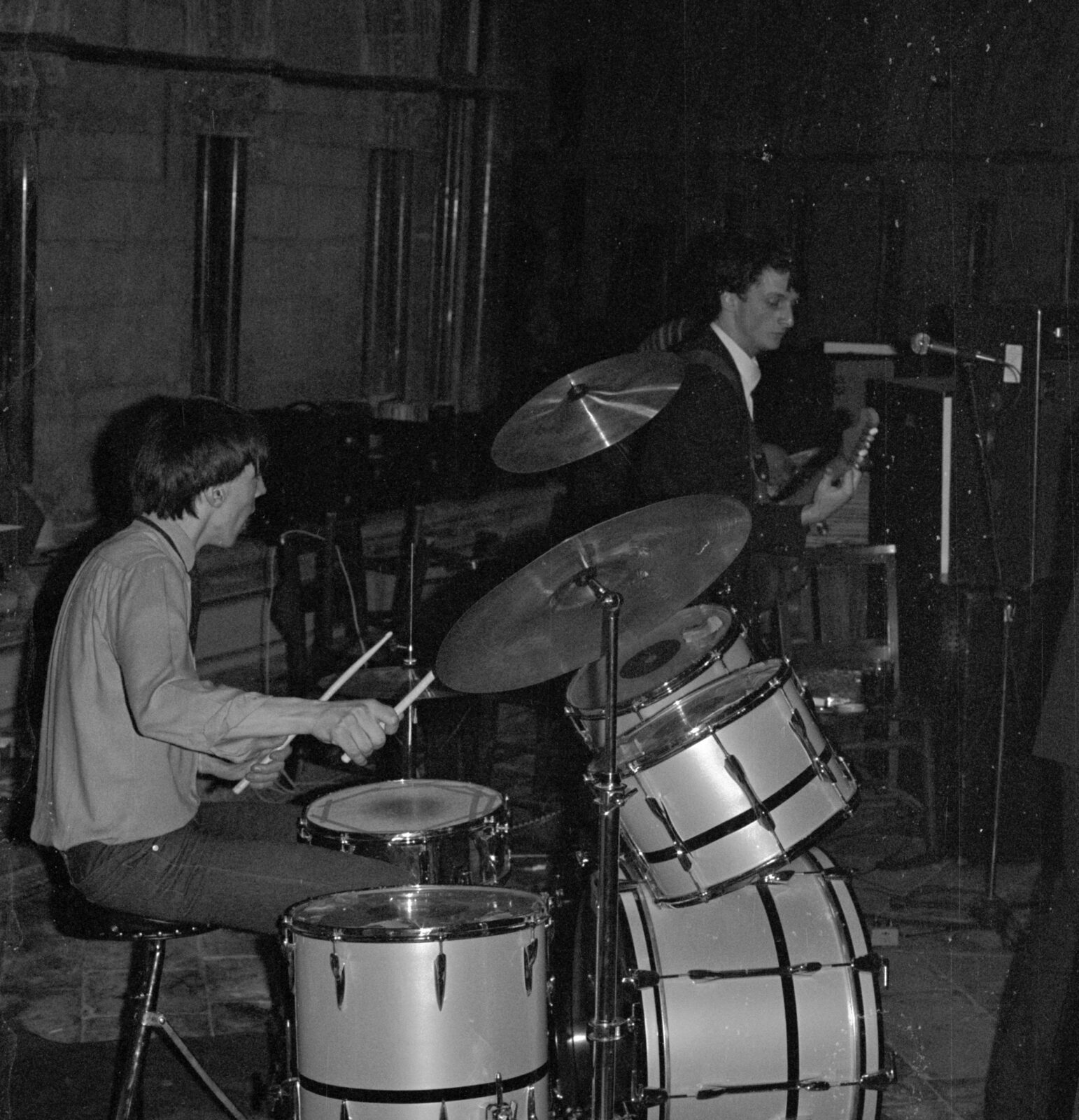
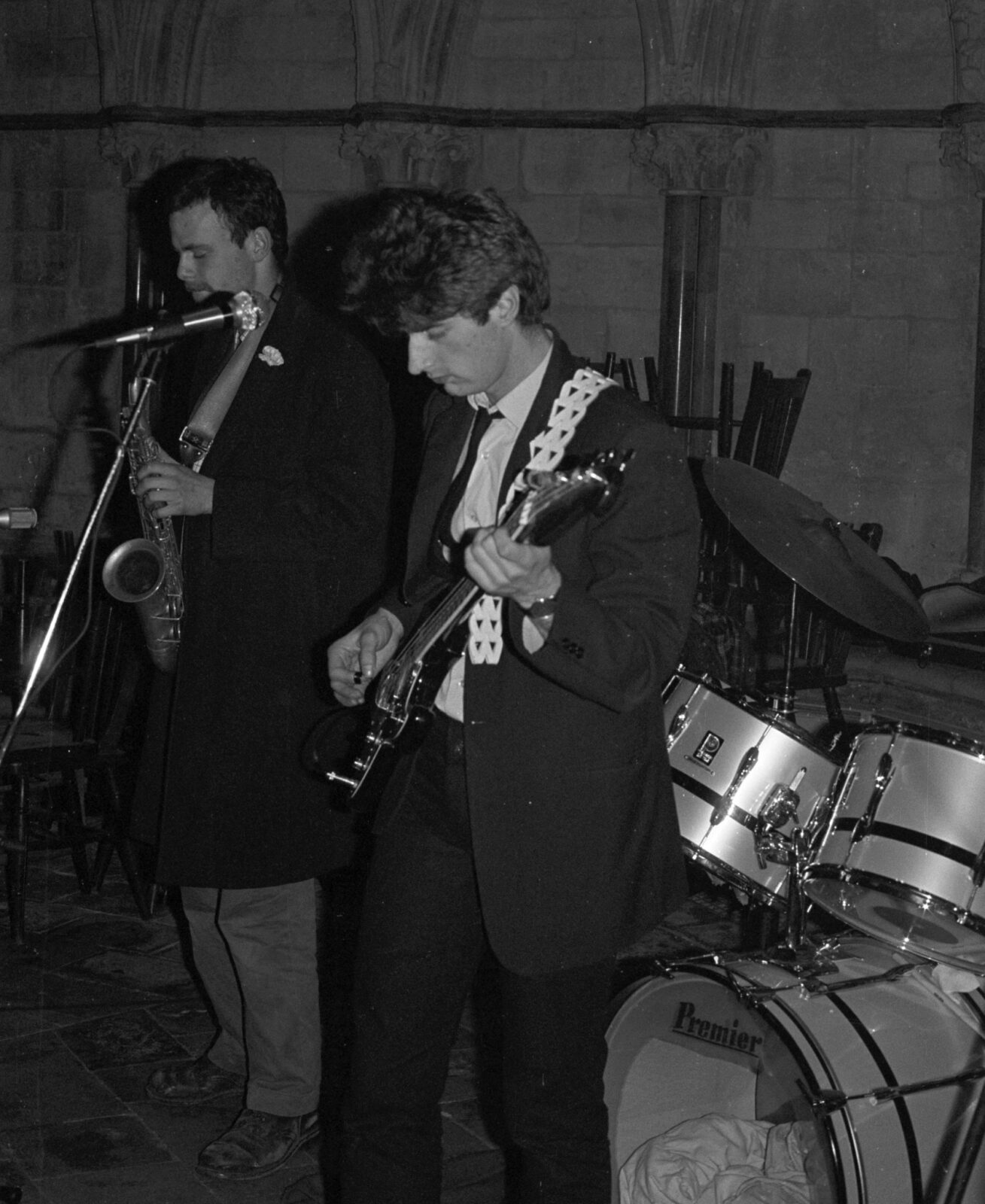
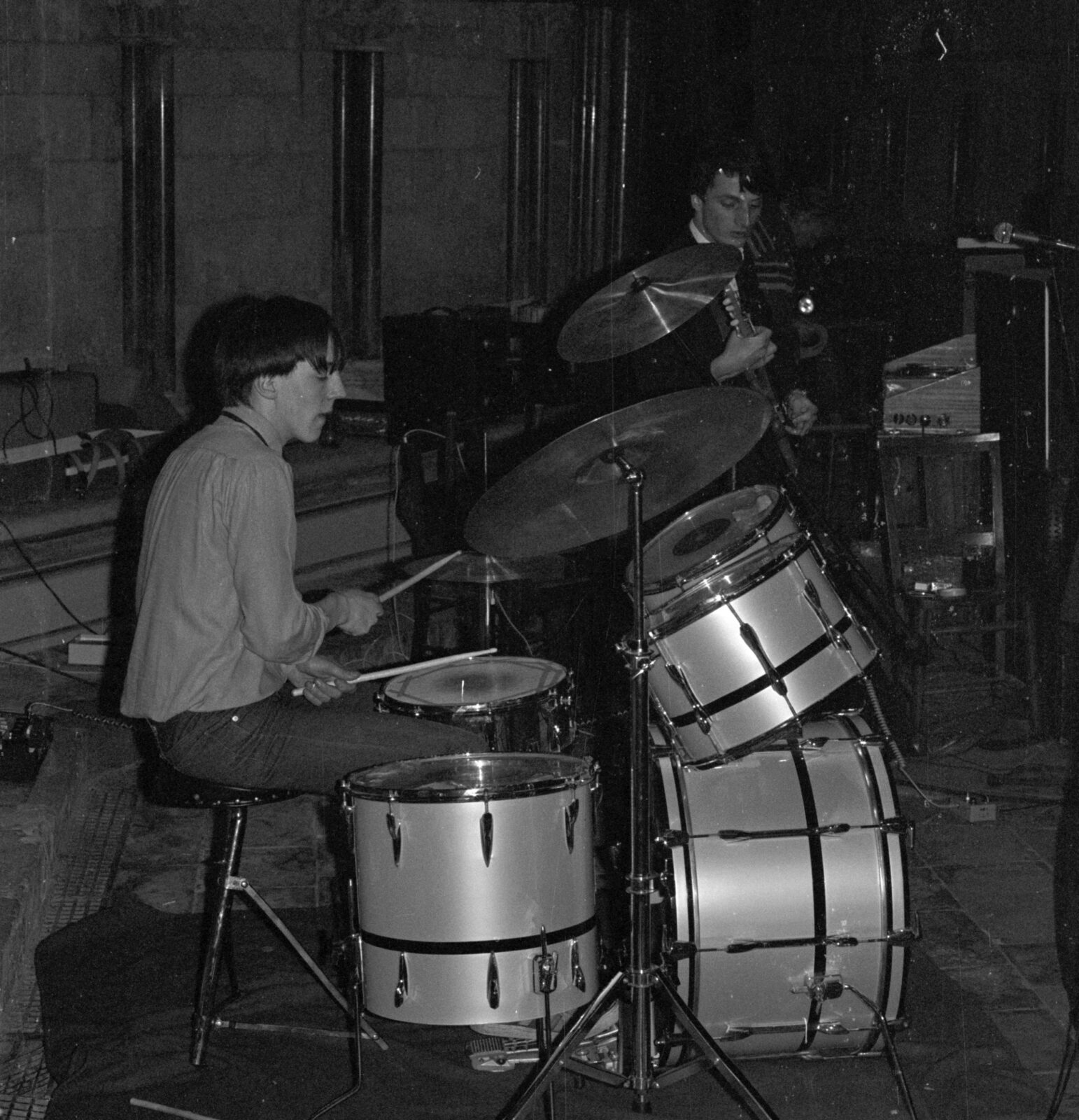
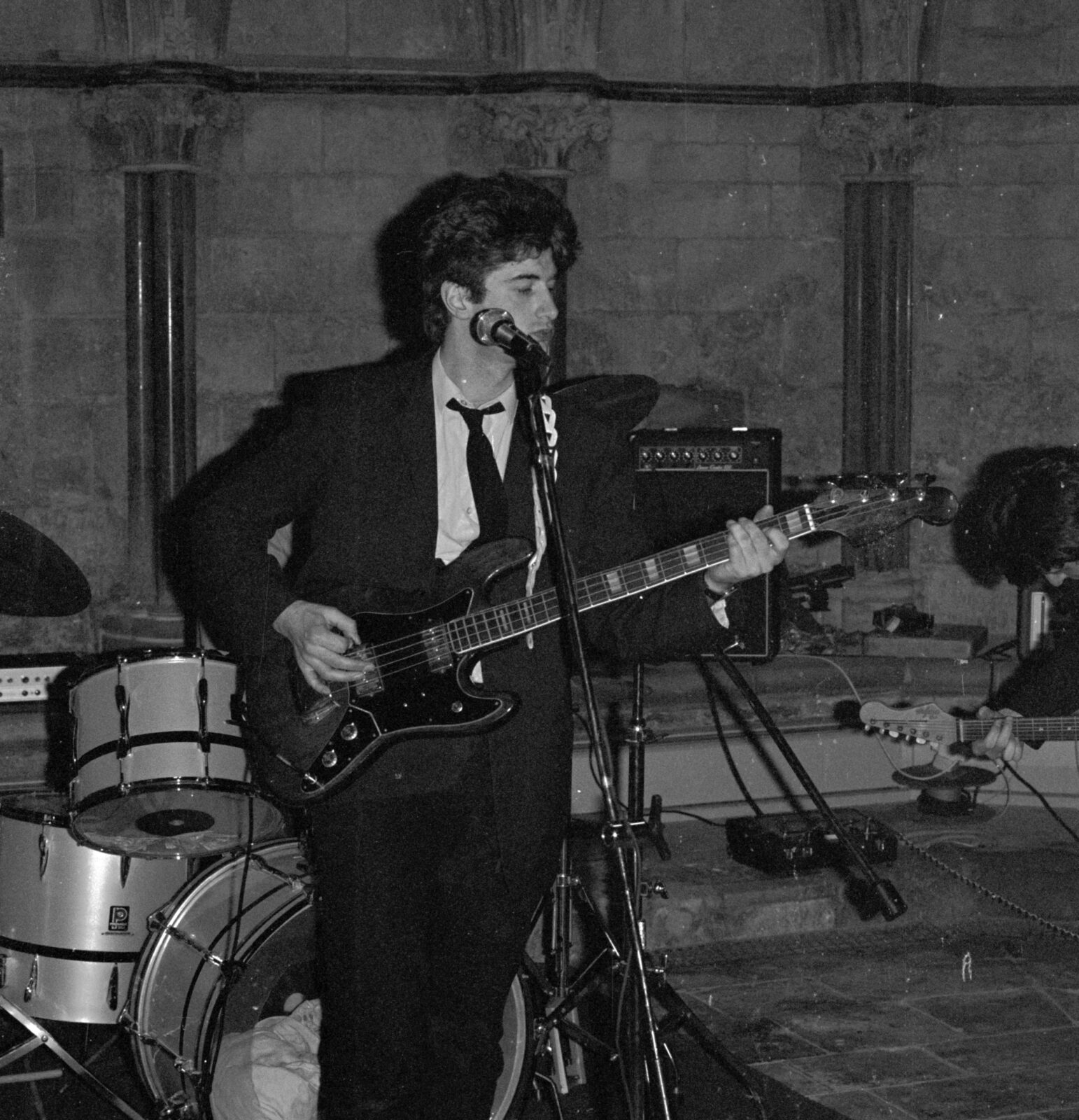
Andy – now owner of Chapel Studios – was a bit rusty on his kit, having not played seriously for several years, but he sounded powerful and dynamic to me. I found the sessions quite difficult because Andy and Colin, as experienced musicians, sought a diligence that was something I was unaccustomed to. Their approach stood contrary to my post-punk mentality, but I learnt a lot from their professionalism. Evenings would be spent rehearsing one song, over and over again. We did however get to practice in ideal surroundings and eventually, record a version of one of my favourite songs we had written called, ‘Say Goodbye’.
Colin and I also demoed four tracks with Neal Quincey on his Teac four-track recorder in November and December 1981. The four songs, recorded at Colin’s house and Neal’s parent’s home were: ‘Say Goodbye’, ‘…of all the Stories’, ‘Please Believe Me’ and ‘Landslide’. All were songs that Simon and I had previously written together and had featured in the final, Sinking Ships set-list. We assembled the songs together as a demo-cassette with the hope of securing a record deal. If successful, it was always my intention to contact Simon and Nick and tempt them back to reform the original band.
Early in 1982, I took a trip down to London to tout our demo tape around record companies. Initially, I stayed with Martin Patton and his then wife, Liz, who had moved from Lincolnshire down to Streatham. I also stayed with Bill Peake – brother of Comsat Angel, Andy Peake – who lived with his cousin in a high-rise flat in Hannington Point in Hackney Wick. I remember it had an incredible view over the football pitches on the Hackney Marshes. Bill and Andy’s father, Tony, had formerly played piano along with my dad, who was a drummer in, The New Olympians jazz band in the late 1950s/early 1960s.
Bill was studying fine art at North East London Polytechnic (which later became East London University) and one afternoon was spent in the canteen where I met Kenny Morris – the ex-drummer of Siouxsie and the Banshees. Kenny was also studying fine art alongside Bill. Also present that afternoon was Alan Vinters who had attended Lincoln College of Art with me back in 1975. Alan was at a loose end and offered to accompany me around the record companies for one of my days out in Central London.
Martin had said it would be very difficult to arrange face-to-face meetings with PR reps, but, undaunted, I persevered. Armed with my A-to-Z of London, Alan and I set off around the major labels in the capital. I found that most companies were happy to see me as long as I made an appointment. Some were arranged for later the very same day and others the following day.
Over the next couple of days, I found Alan Vinters to be an excellent companion. He had listened to our demo and liked it, and was quite enthusiastic about our little sojourn around London and waited patiently outside the establishments whilst I attended my appointments. On entering the establishments, I recall being quite daunted by the swish premises of these big organisations. It felt quite strange ascending the glass stairwell at EMI in Manchester Square which had been made famous on the covers of the Beatles’ blue and red albums.
I recall at RCA, the huge music system on which Jack Stephen played my demo. My little TDK tape seemed quite “hissy” and lost in the big room. Jack only played about forty seconds of the first song, ‘Say Goodbye’, before switching it off. I told him that he hadn’t reached, “the good bit” yet and I remember him telling me that, “the good bit” should have happened in the first ten seconds! All of the reps I met with were all very polite and courteous, but I realised quite early on in my quest, that my approach needed to be more dynamic if I was to have any hope of grabbing their attention. Convening with Martin later, he was quite surprised that, with my unsolicited approach, I had even made it through their front doors.
On my second day in London I paid a visit to Steve Bush who, at the time, was the graphic designer (and eventual Editor) at Smash Hits on Carnaby Street. Steve and I both studied Graphic Design together at Lincoln College of Art during the late 1970s. Steve was quite a brilliant designer and there was little the college could teach him so, as a consequence, he left mid-course and set up a t-shirt printing business called, ‘Eddie-Bull Enterprises’ with Cigarette, Steve Taylor. If I recall correctly, they were invited to sell their wares on a Buzzcocks/Joy Division tour in 1979. Although I’d turned up unannounced, Steve was quite happy to greet me and remarked how much he had liked the cover of the Sinking Ships single, ‘The Cinema Clock’, which I had designed.
I returned to Lincoln a little disappointed that none of my approaches to record companies had been successful, but I recall feeling that I had gained some insight into the working of the record industry.
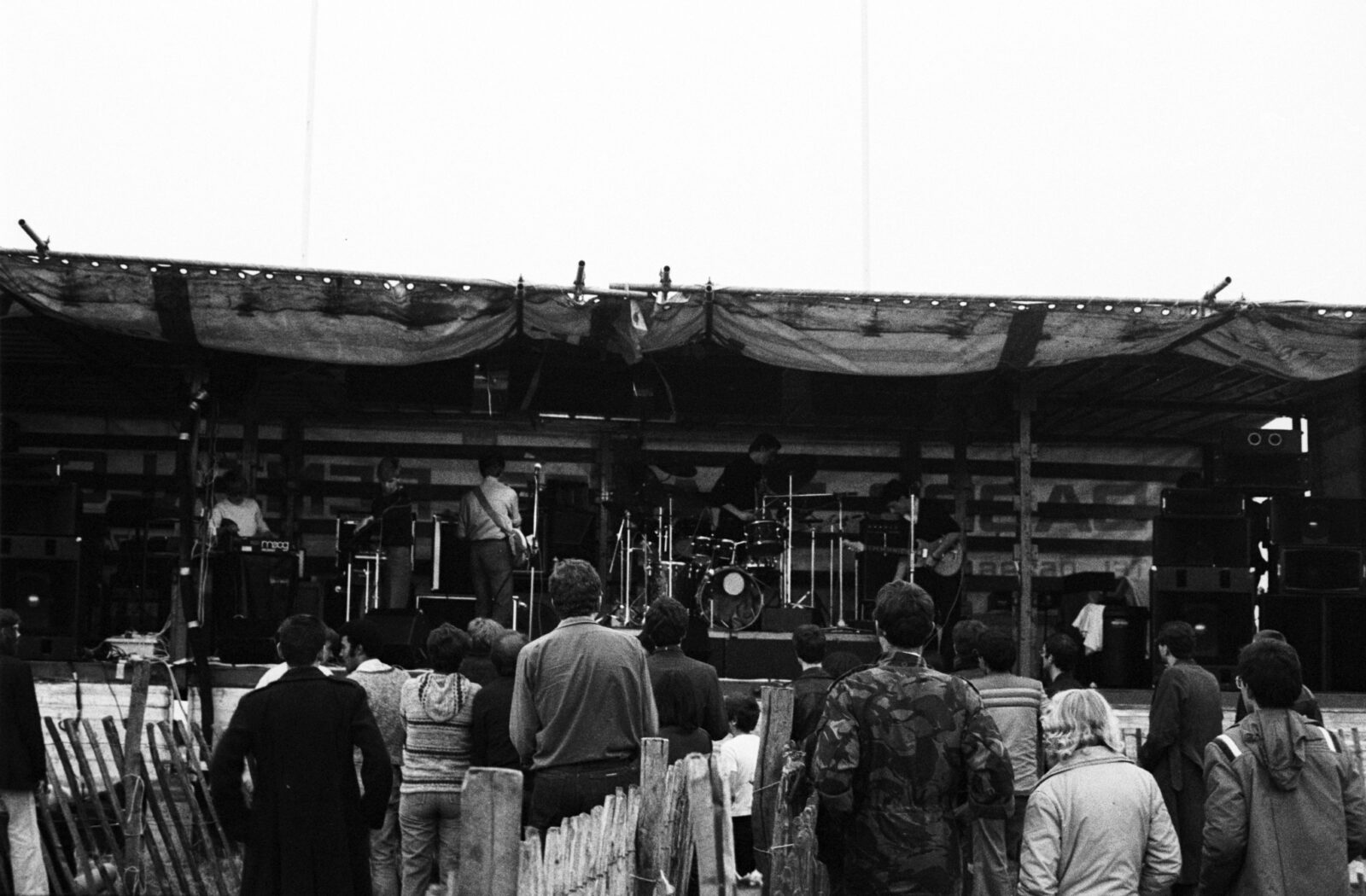
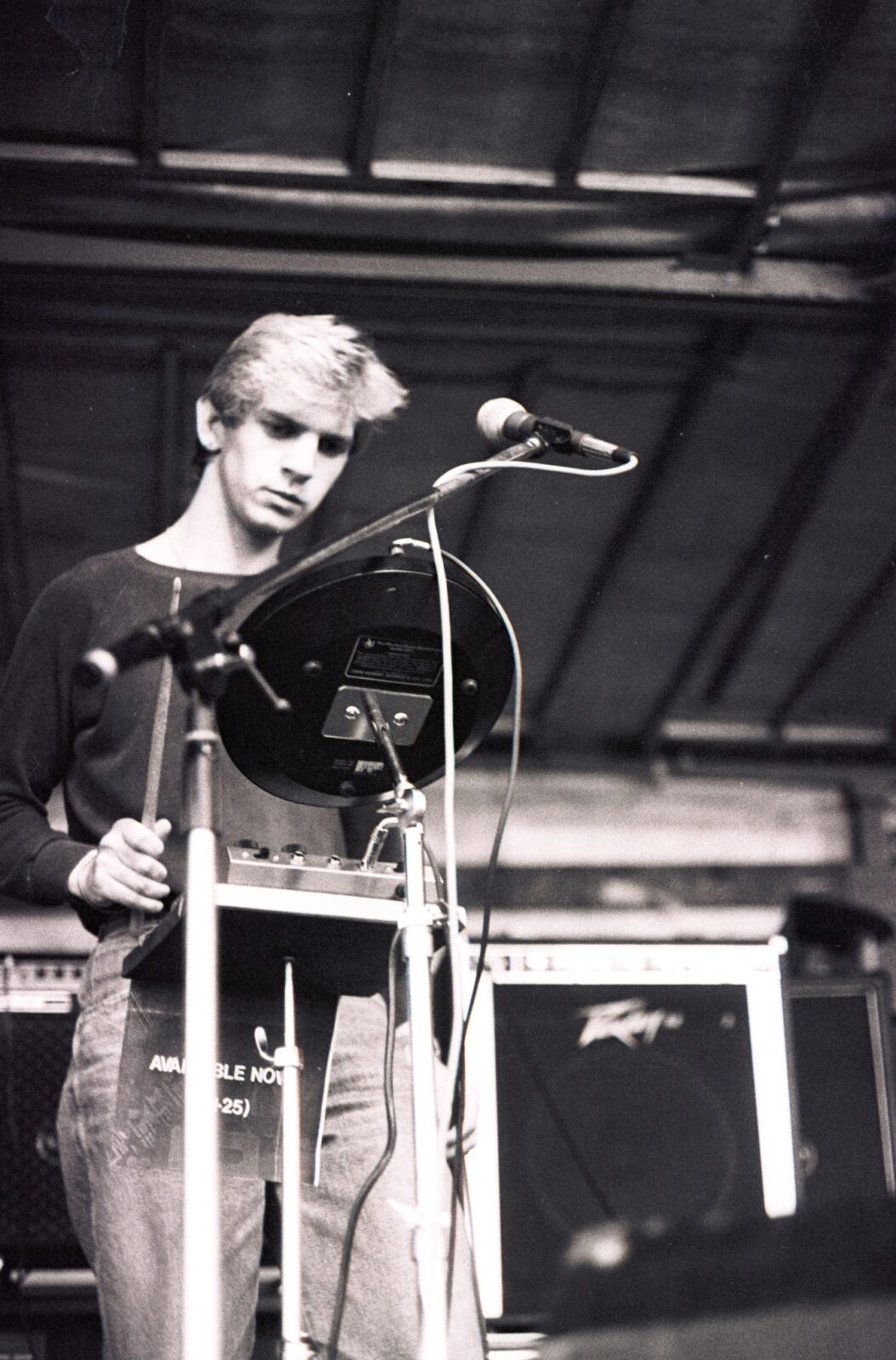
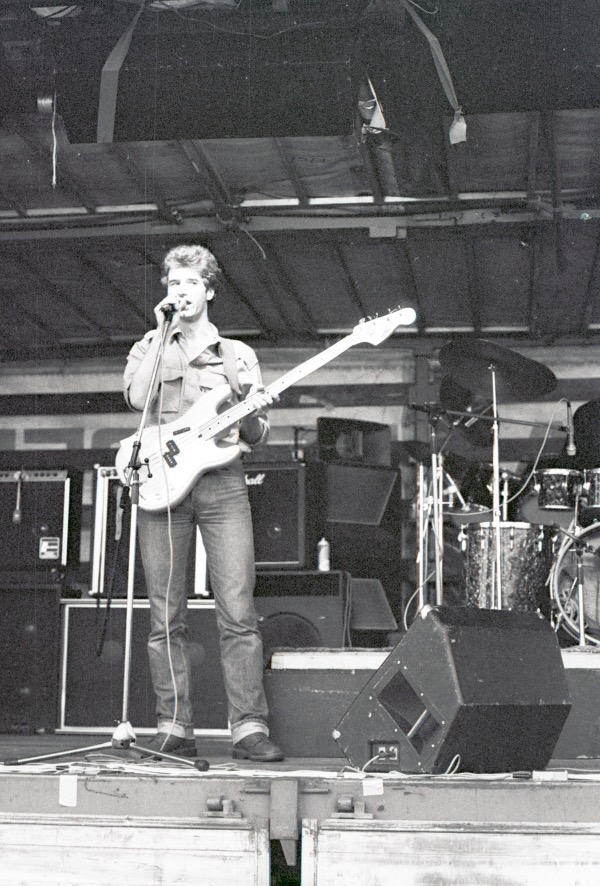
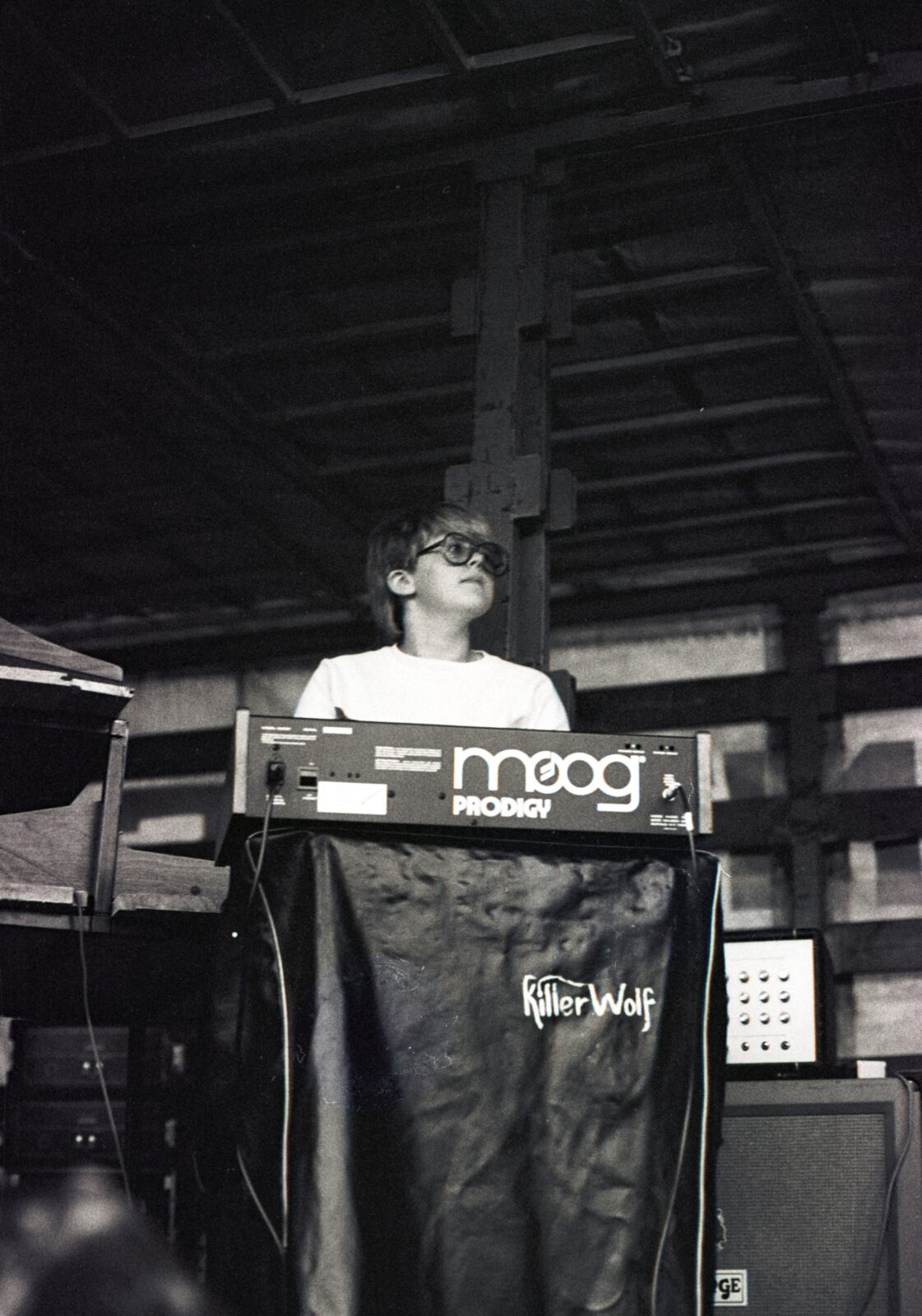
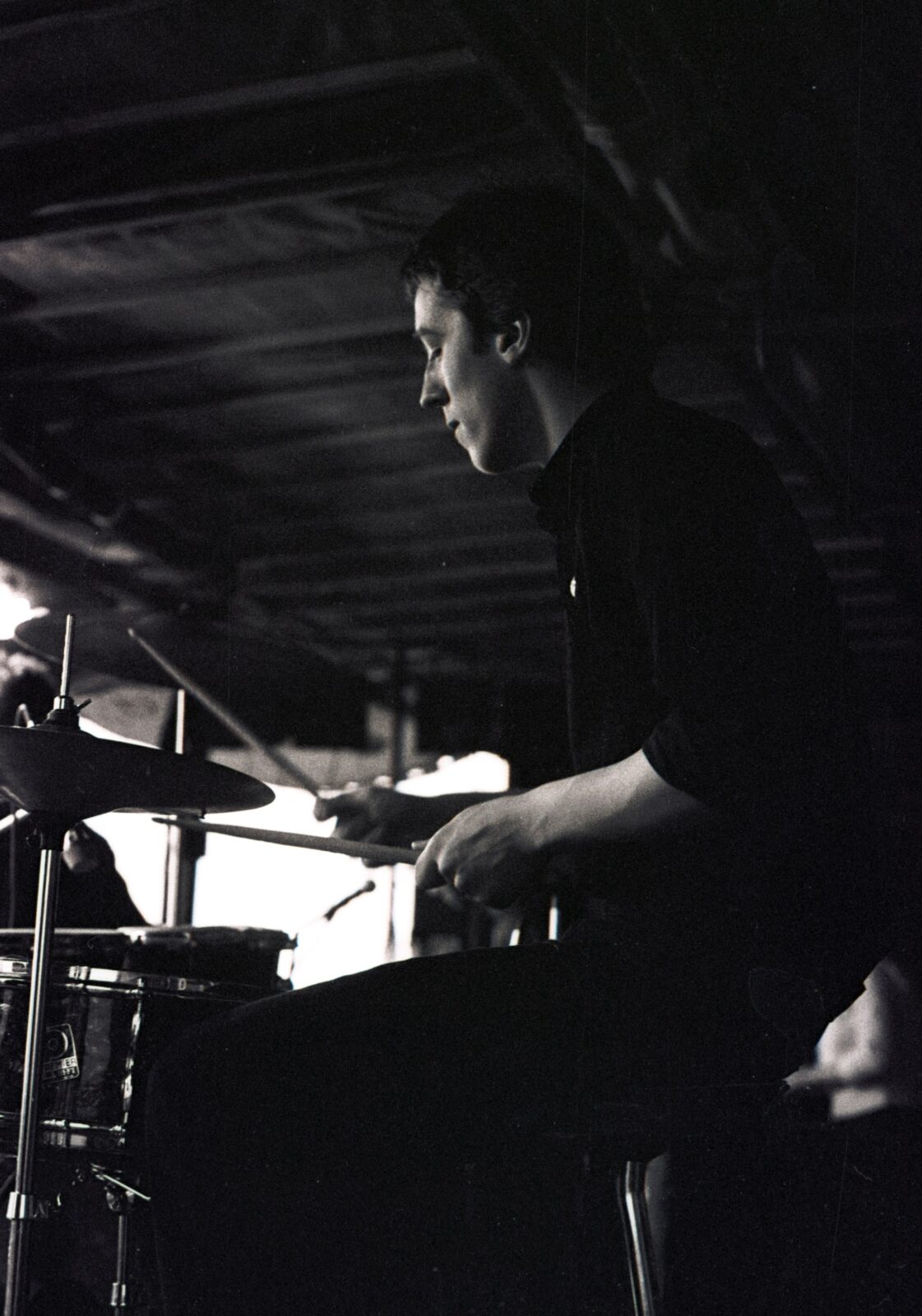
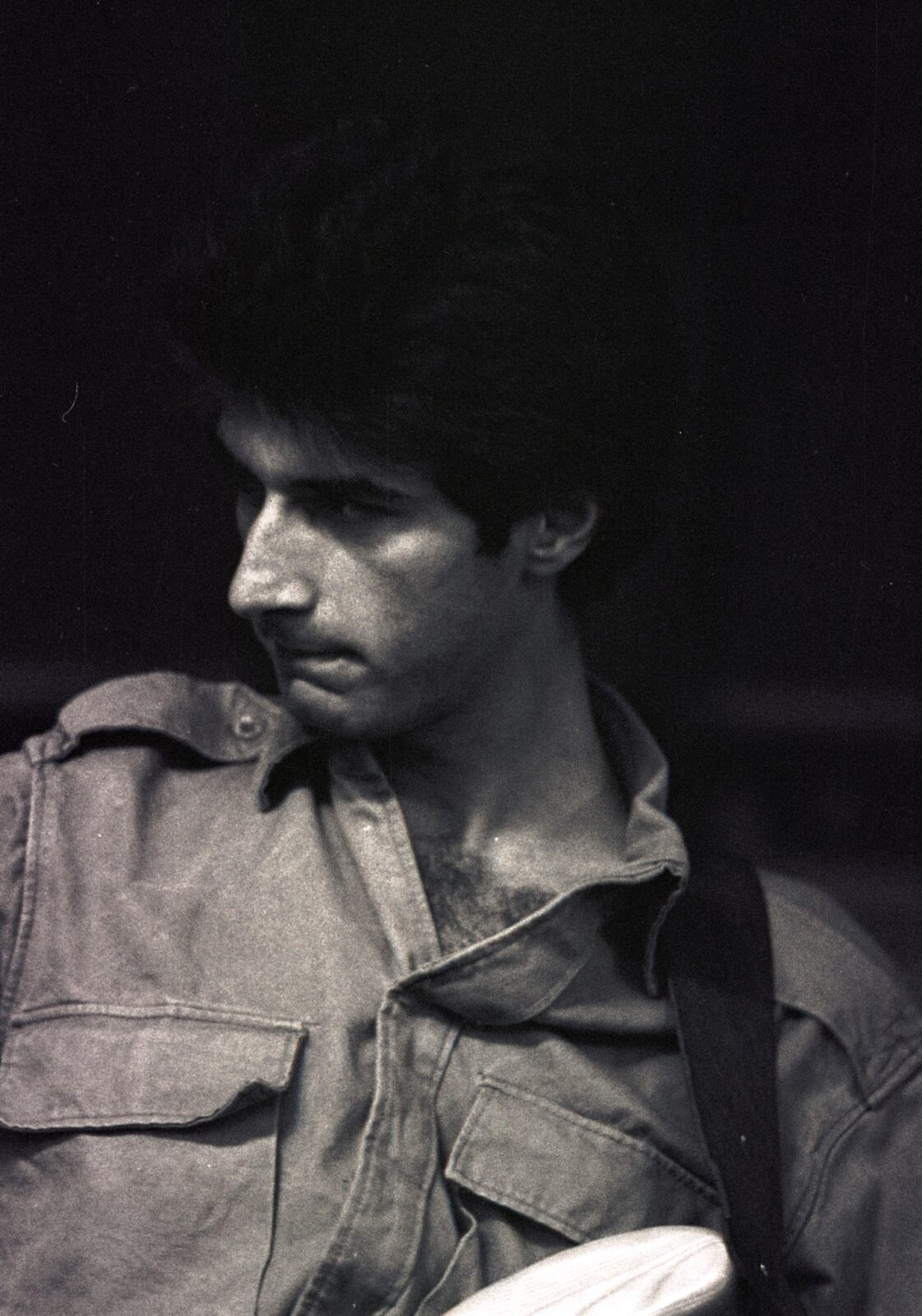
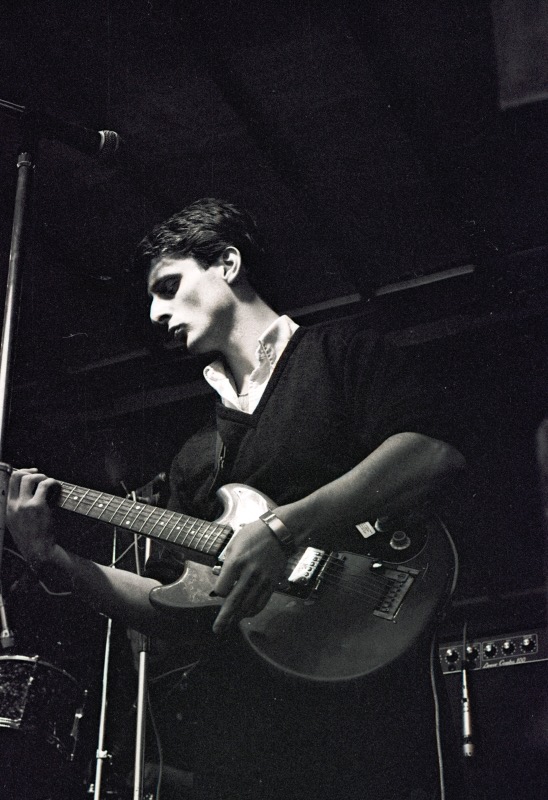
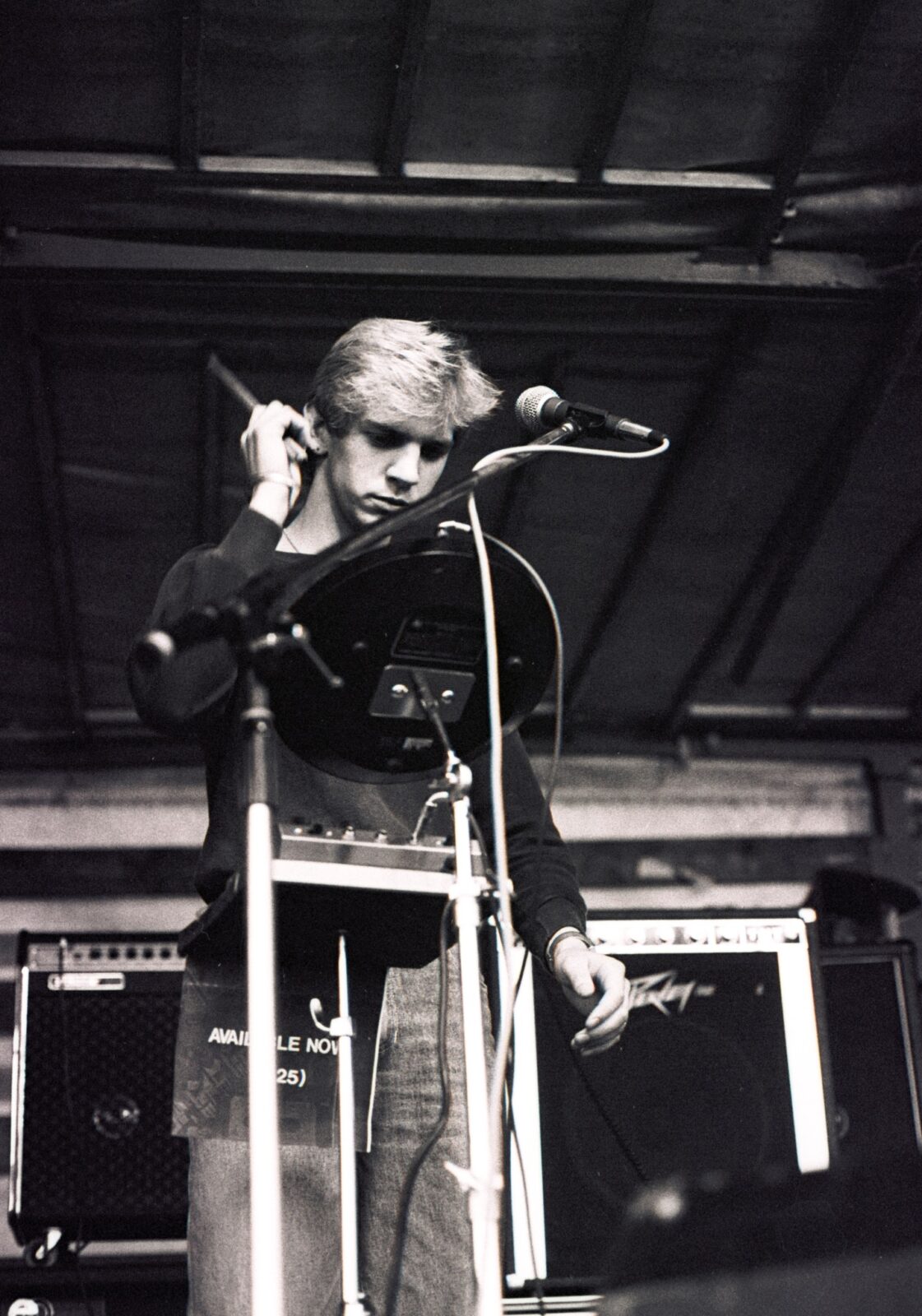
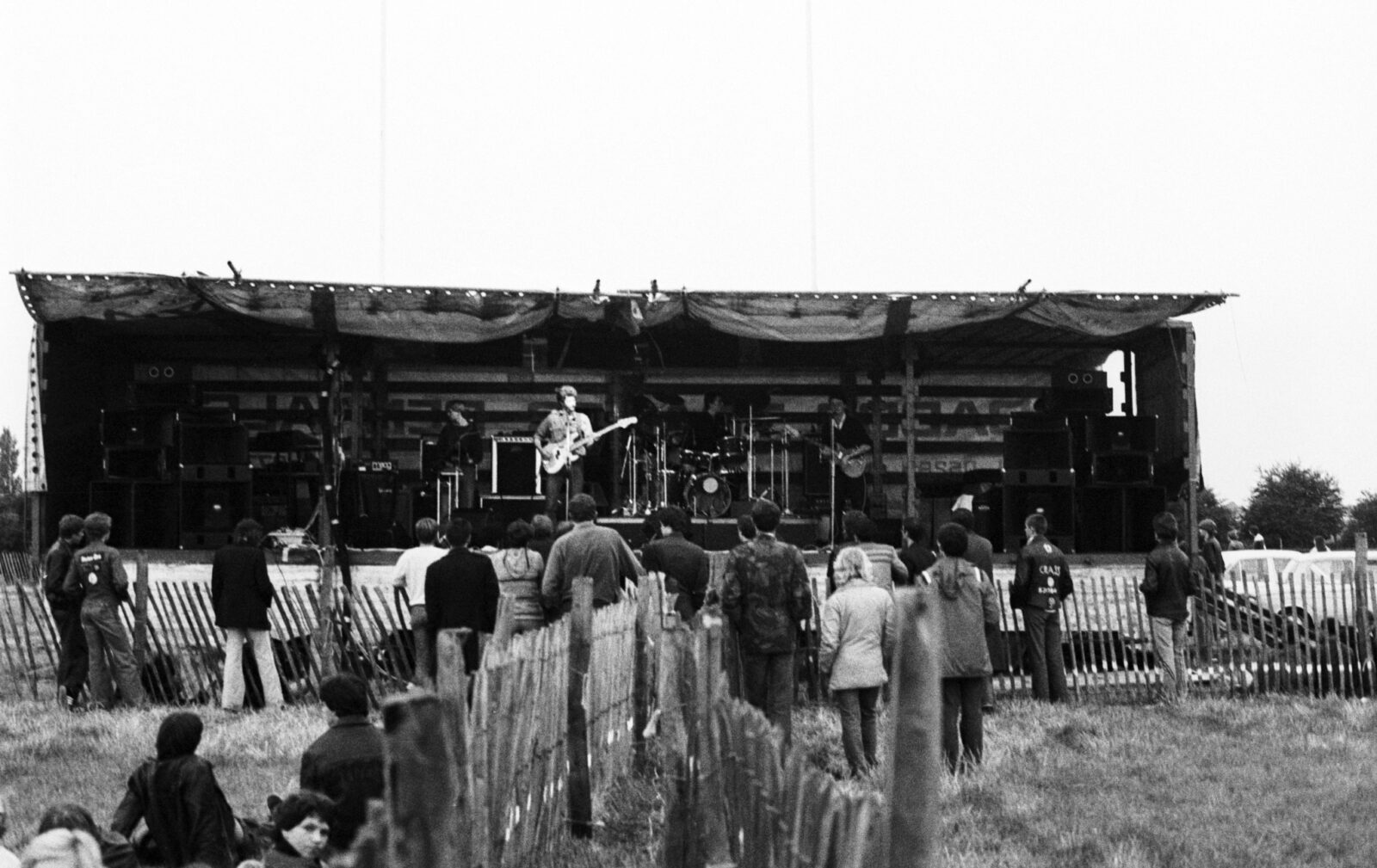
You Think It’s All Over? It is Now!
Sinking Ships, comprising of the three core members did reconvene in 1987, to record two new tracks with Neal Quincey; ‘History’ and ‘Over the Edge’. We also played live at one of the heats in Lincoln’s Battle of the Bands competition the very same year. Following the competition, we played a number of gigs, the final one being in 1987 at Lincoln’s Cornhill Vaults, but this line-up featured only myself as an original member. In September 1998, Nick, Simon and myself were re-united for the final time on stage at our 40th birthday celebrations in Week-St.-Mary, Cornwall.
Terry Welbourn is the author of the T.C. Lethbridge biography, The Man Who Saw the Future and a member, with Simon Brighton, of the glam/folk band, DUIR!
Footnote: Over the years Sinking Ships comprised of; Simon Brighton, Nick Green and Terry Welbourn with honorary ship mates; Charlie Anderson (Saxophone), Dale Fixter (Bass), Colin Hopkirk (Vocals), Tracey Horseman (Keyboards), Paul Mileman (Drums), Colin Moss (Guitar), Steve Orient (Keyboards & Electronic Percussion) and David Reid (Guitar).
Headline photo: Sinking Ships at Lincoln Drill Hall 1980: L/R: Terry Welbourn, Nick Green and Simon Brighton (Photo: Geoff Young)
Sleaford Rock ’80 and Lincoln Cathedral Chapterhouse photos by Neal Quincey
Sinking Ships Bandcamp
Duir! Facebook / YouTube / Bandcamp
‘Drome’ by Duir! | Album premiere | “A topsy-turvy journey through Lincolnshire”

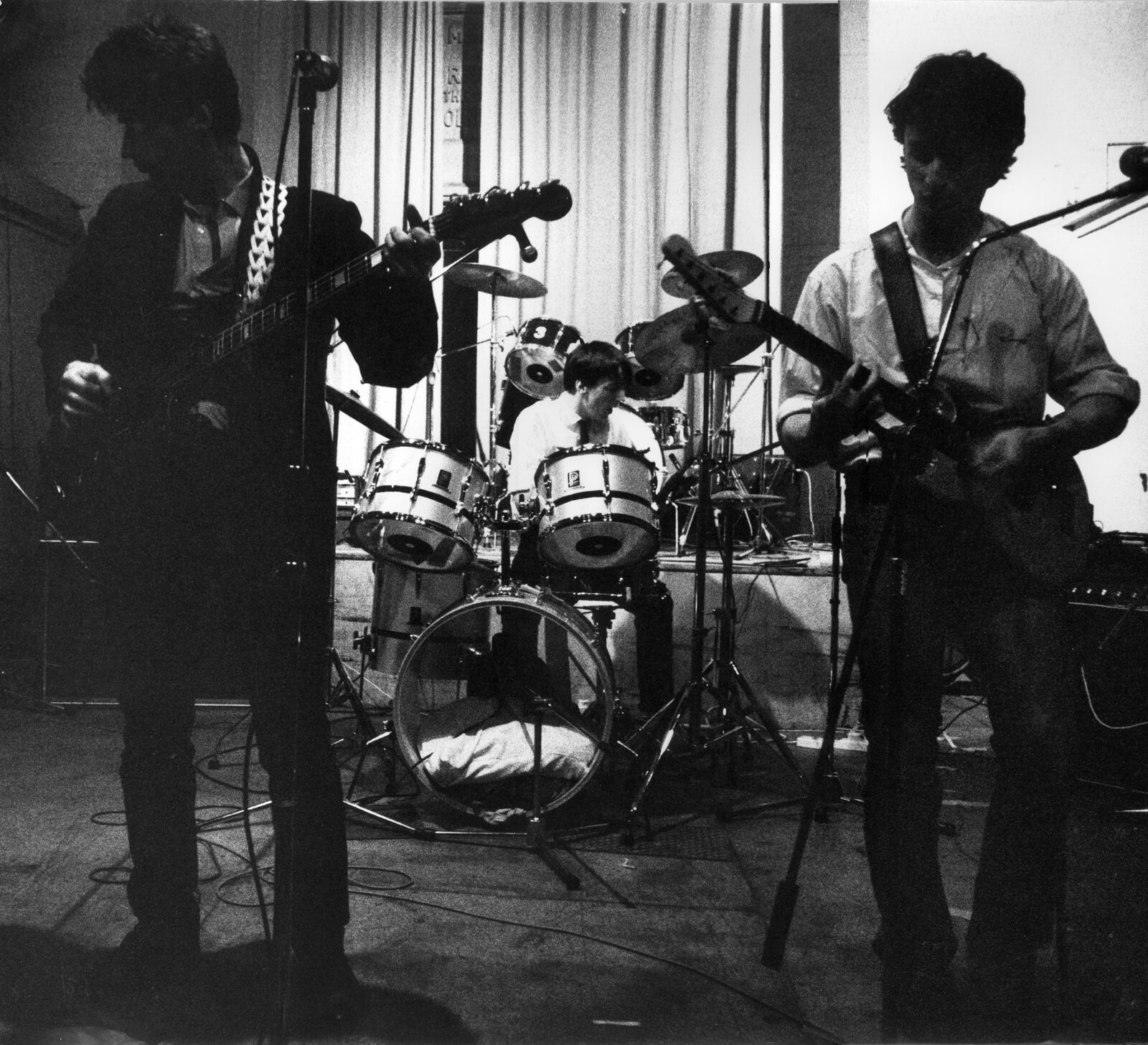


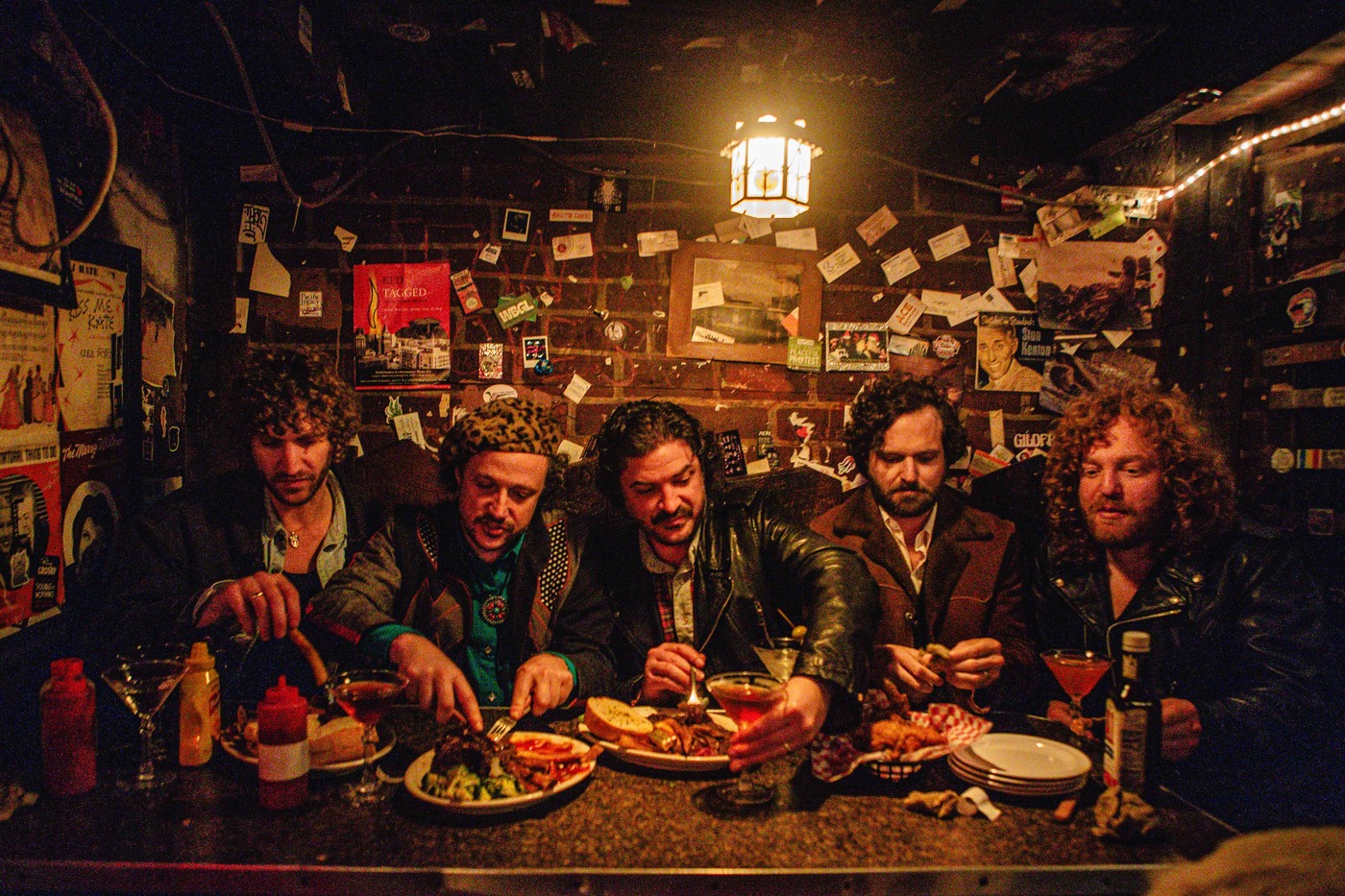
Fame at last after 41 years! Thanks for the credit on the design for the ‘Dream’ promo poster. Here I am, a Lincoln lad over in Auckland, Aotearoa New Zealand, immediately transported back to Lincoln College of Art (Terry was a year above me), a time of great creativity and the punk ethos of ‘just do it’. I remember the poster being my final project – ‘borrowing’ the silver paper from the college’s store and hand-silkscreening the 2-colour design in mauve and deep purple… offsetting the colours to get the ‘discordant’ effect. Very much ‘of the time’. I remember when we first started art college and everyone was marvelling at the Yes dreamscape airbrush art of Roger Dean. Then Bang! Along comes Jamie Reid with his photocopied Pistols art, blackmail typography and dayglow colours… all change! That period from 77 – 81 was a great time to be at art college – the music, fashion, design. 2 really good bands came out of that college – The Cigarettes and Sinking Ships, they were ‘our’ people and we went to the local gigs. The epicentre for alternative vinyl was ‘The Sanctuary’ and if my memory serves me right, Nick used to work there? There was no internet then, so you’d hear stuff on John Peel, then make your way down there to buy or order it. I still have the 7 inch Cinema Clock and Dream singles, along with the very last original promo poster for Dream. Fabulous memories. Onto today… and I’m loving the Duir music! If they were a Kiwi band on Flying Nun records, they’d be famous! Great stuff, keep it up! Guy.
Hi Guy, Good to read your comment and glad seeing the ‘Dream’ poster brought back some great memories for you. All the best, Terry
Any idea how I can get in contact with nick green (for a family member who has lost contact)
GREAT !!! THANKS FOR THE TIP.
YOU MADE BEE NOISES ON MY EP! Respect!
Trying to track down nick green for my auntie (she is his auntie) any ideas where to start or can anyone pass on a lot message to contact me
R.I.P. Steve Orient (1958-2024).